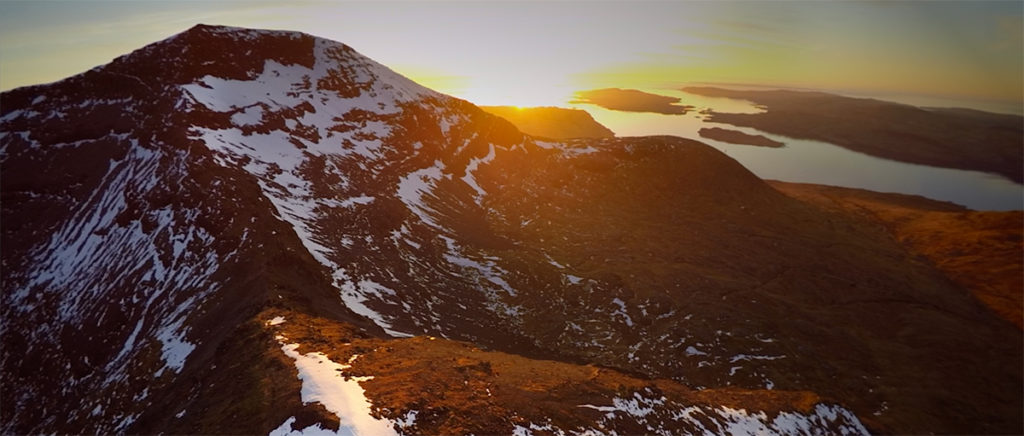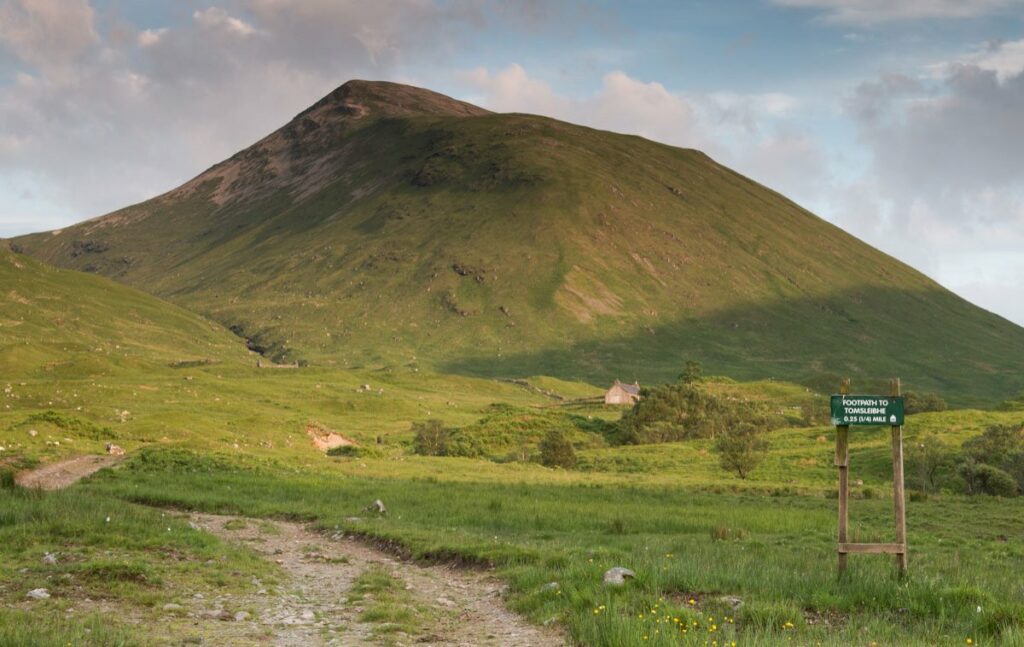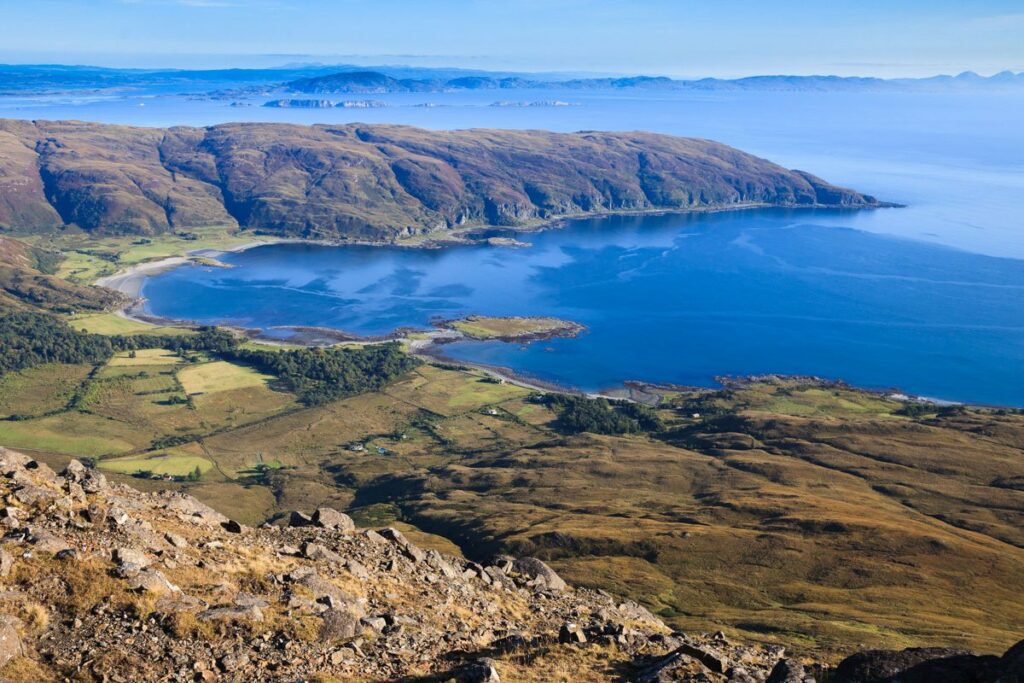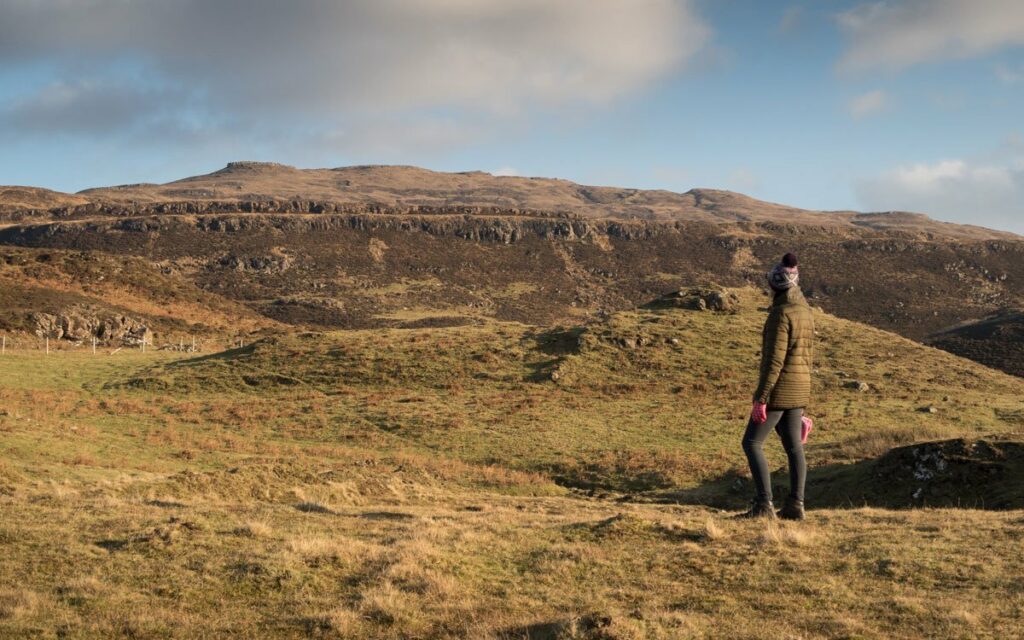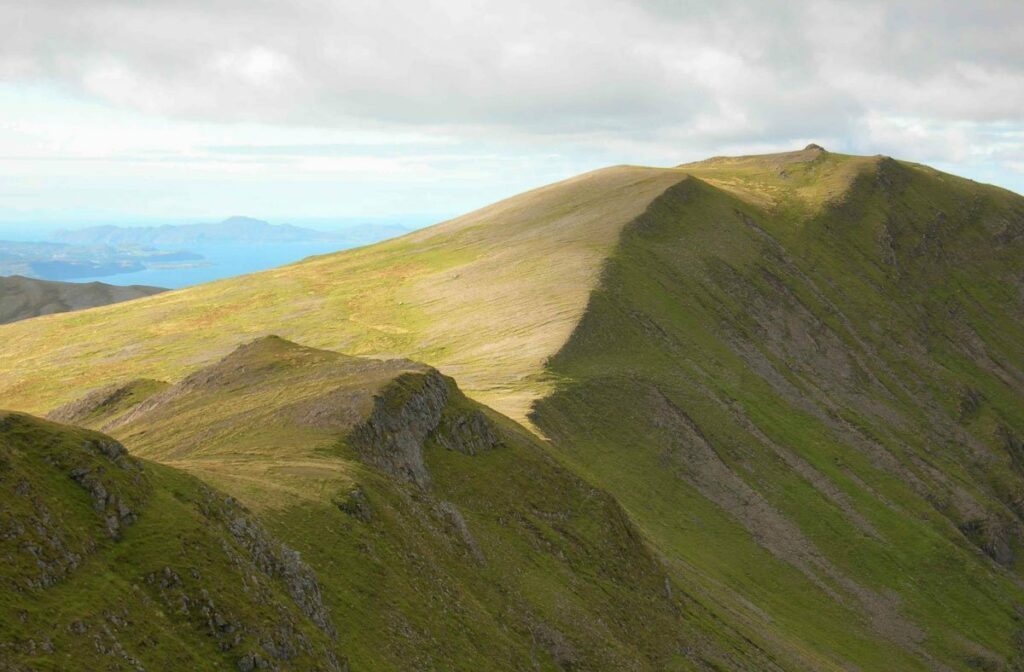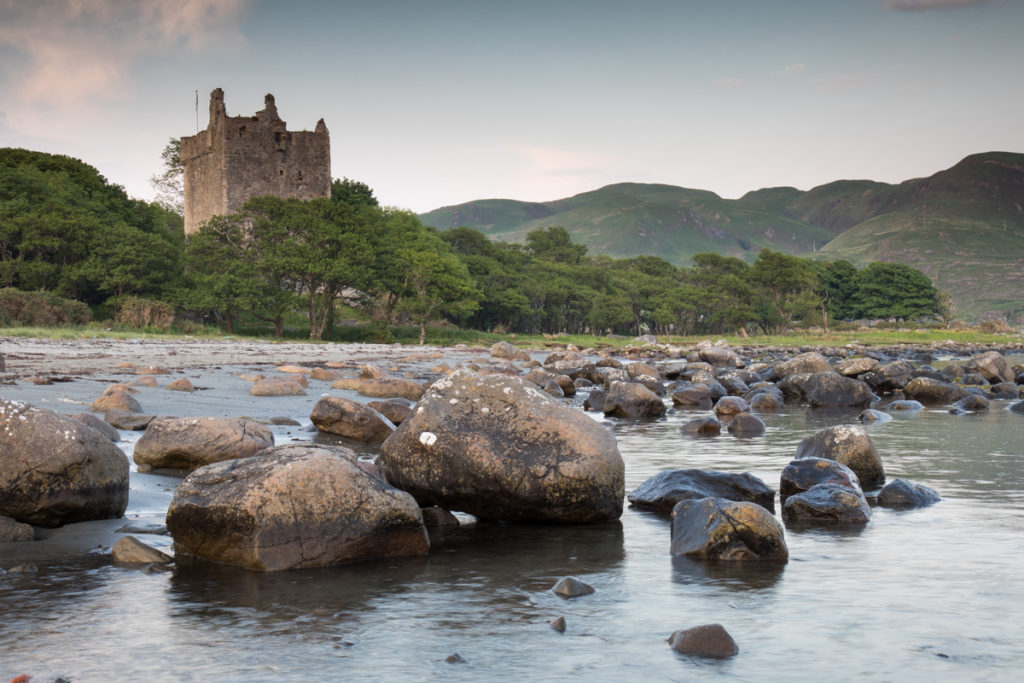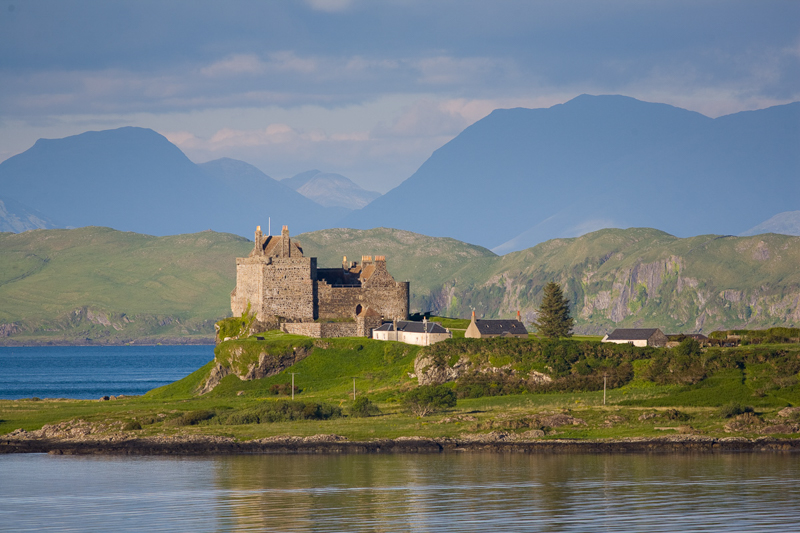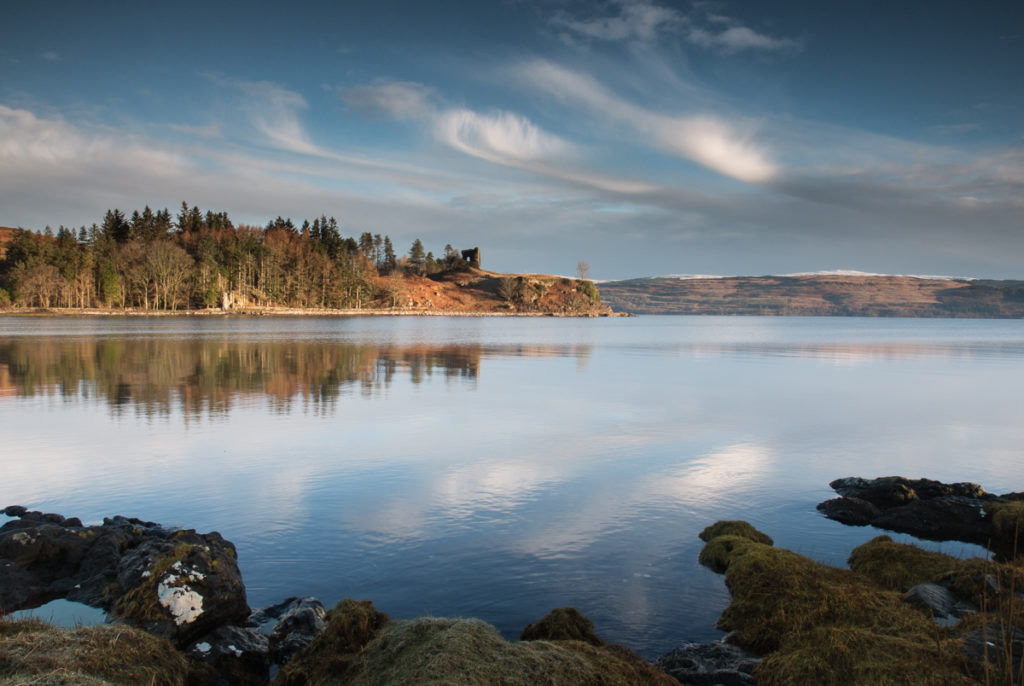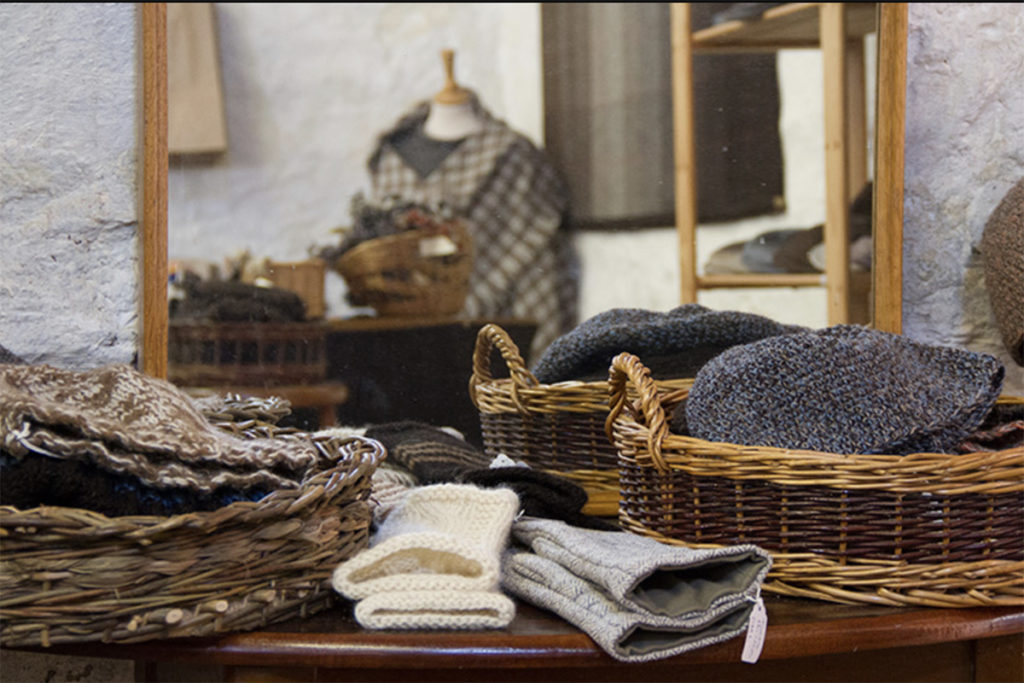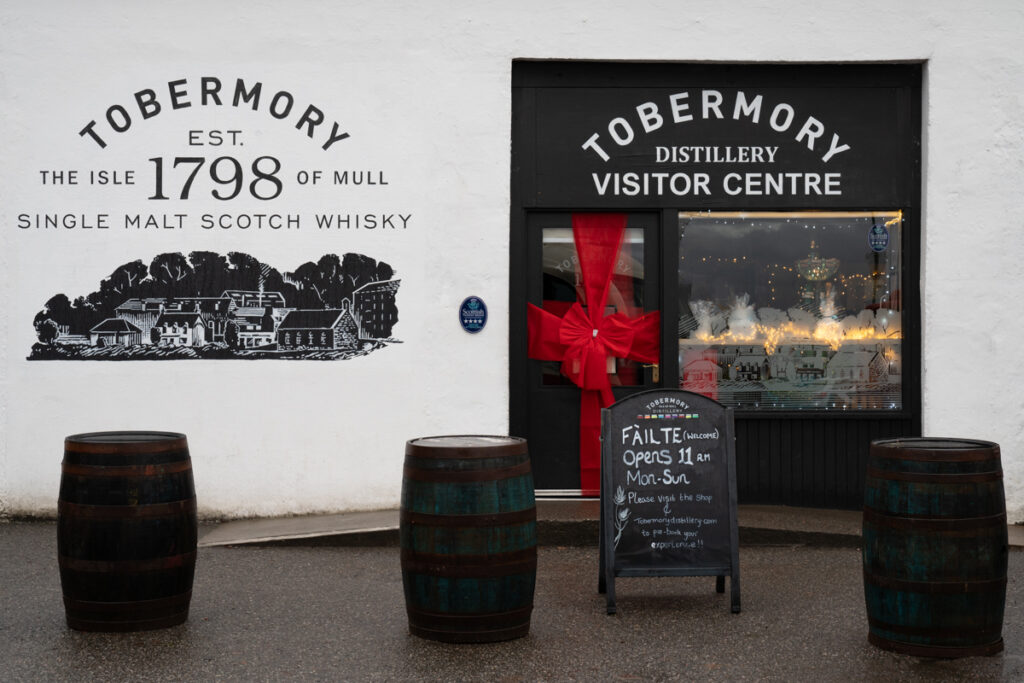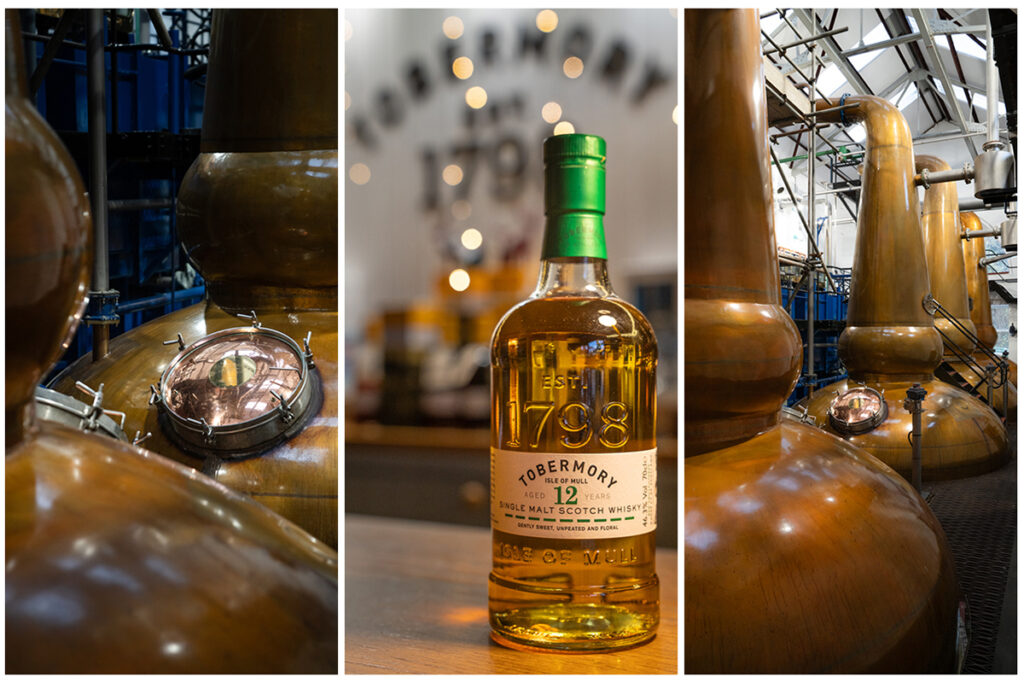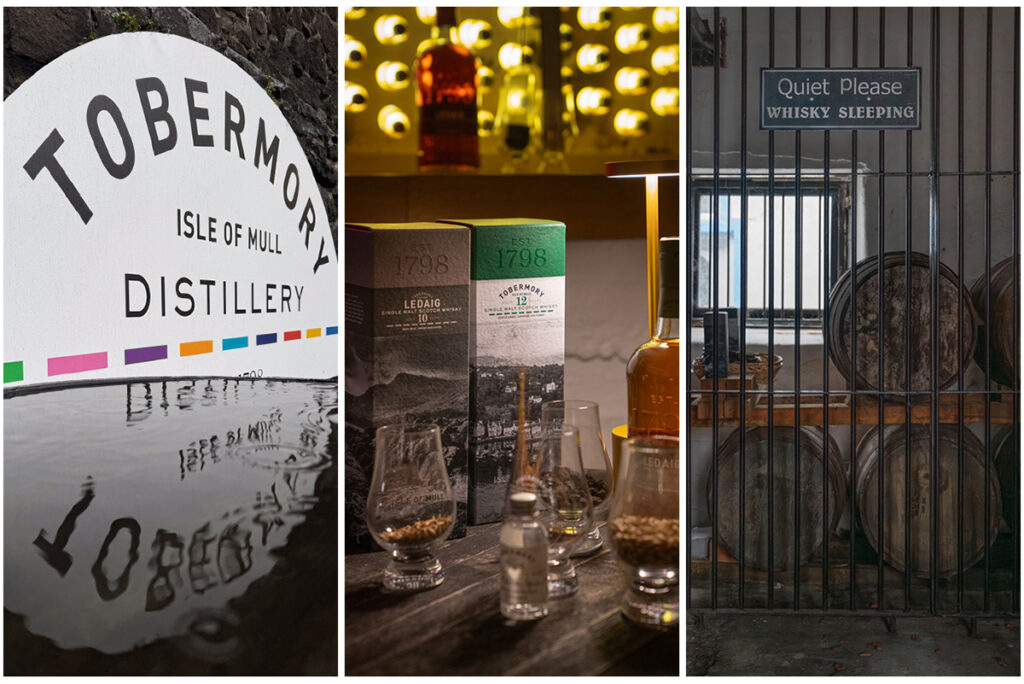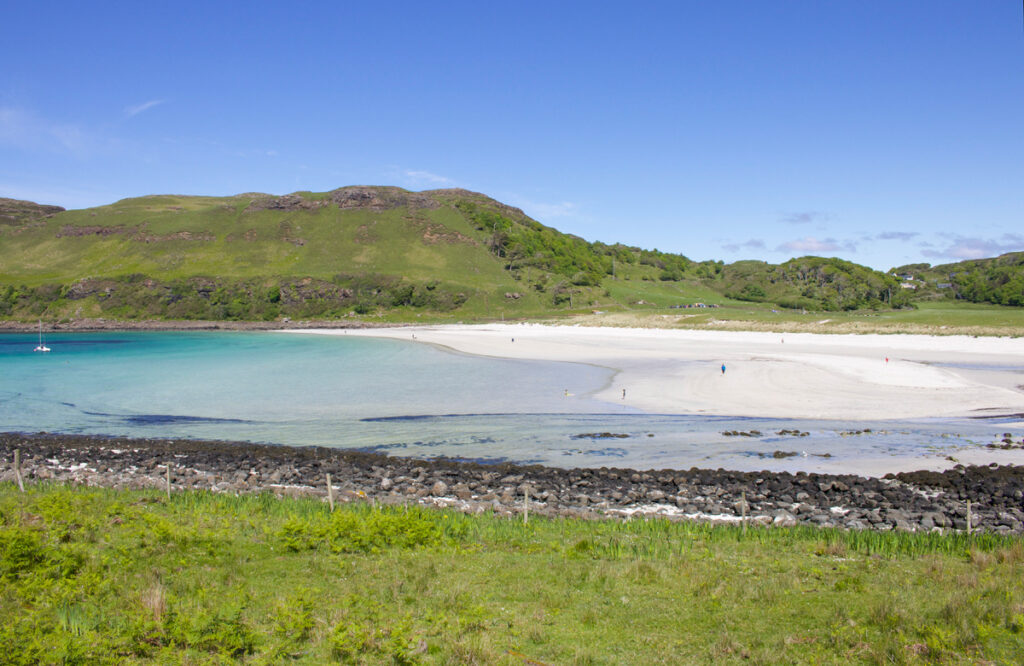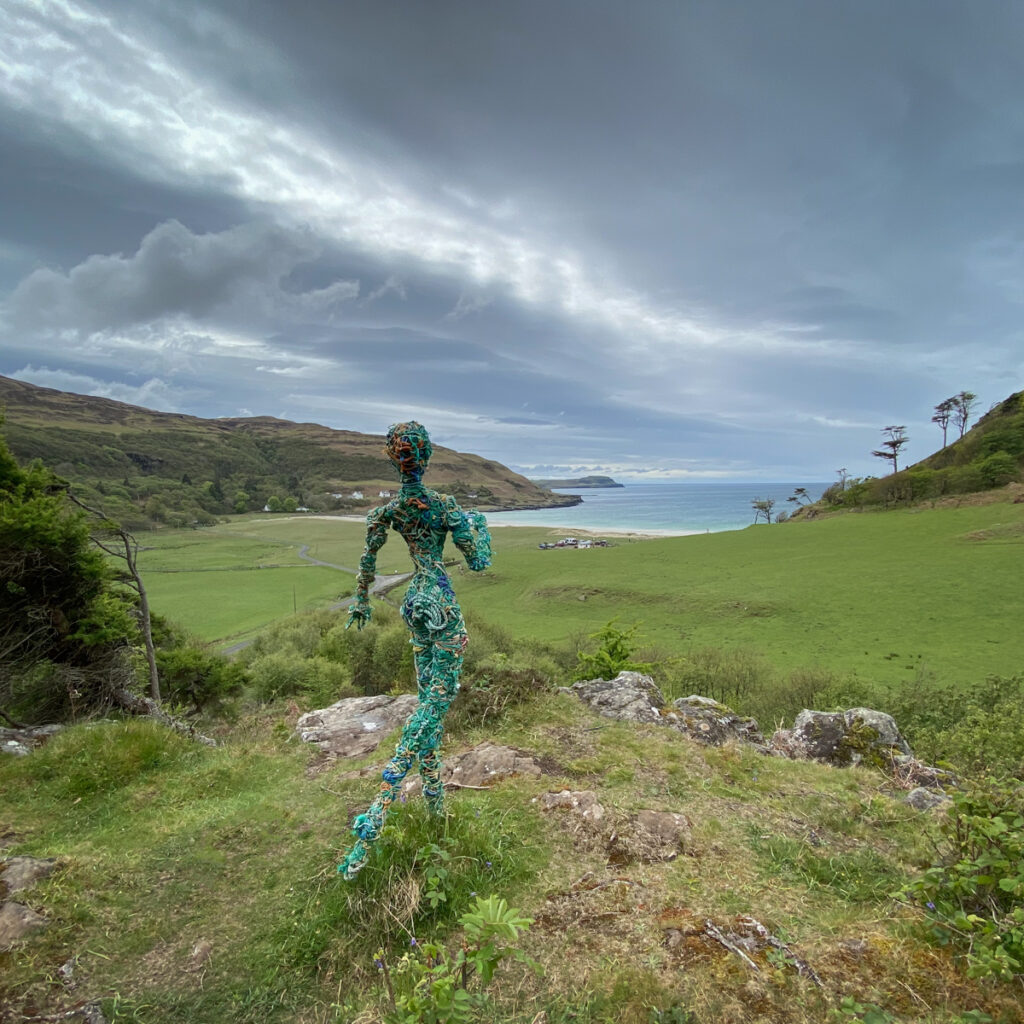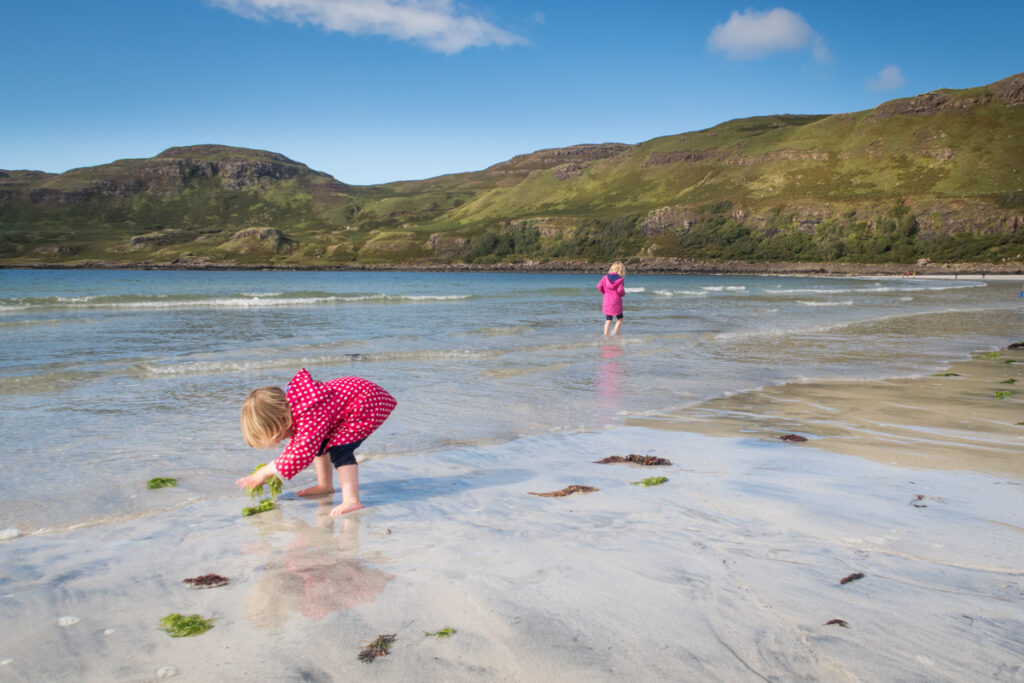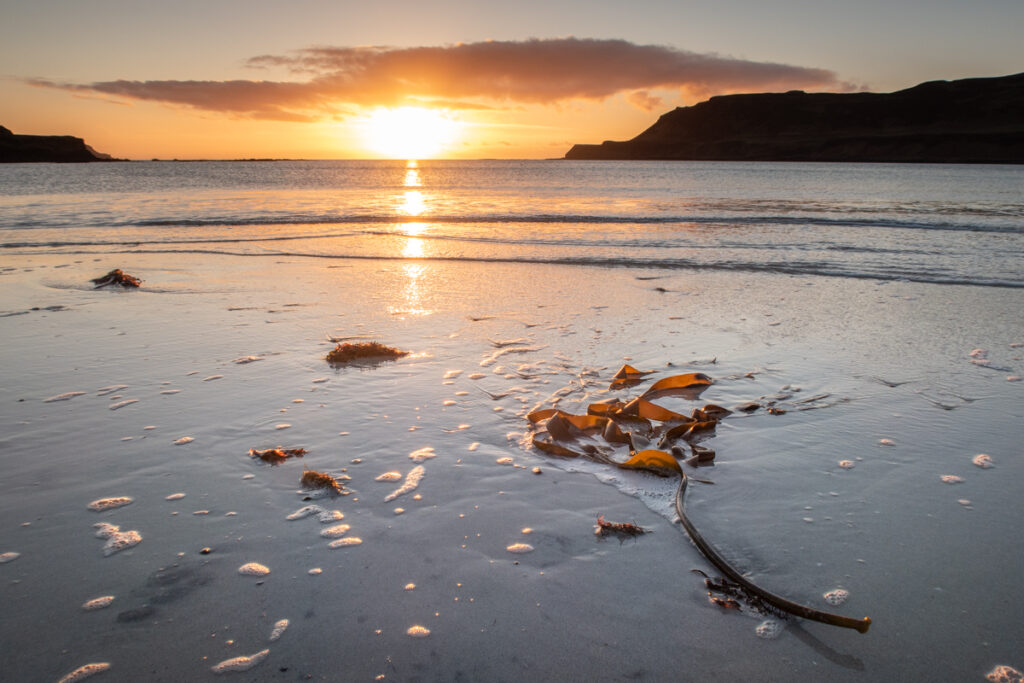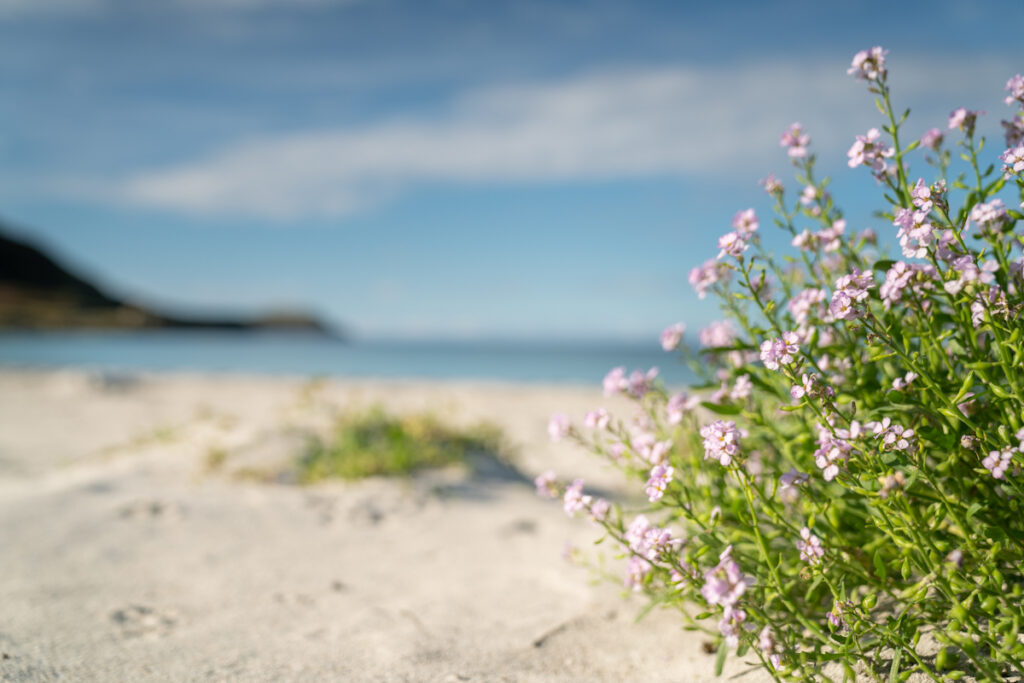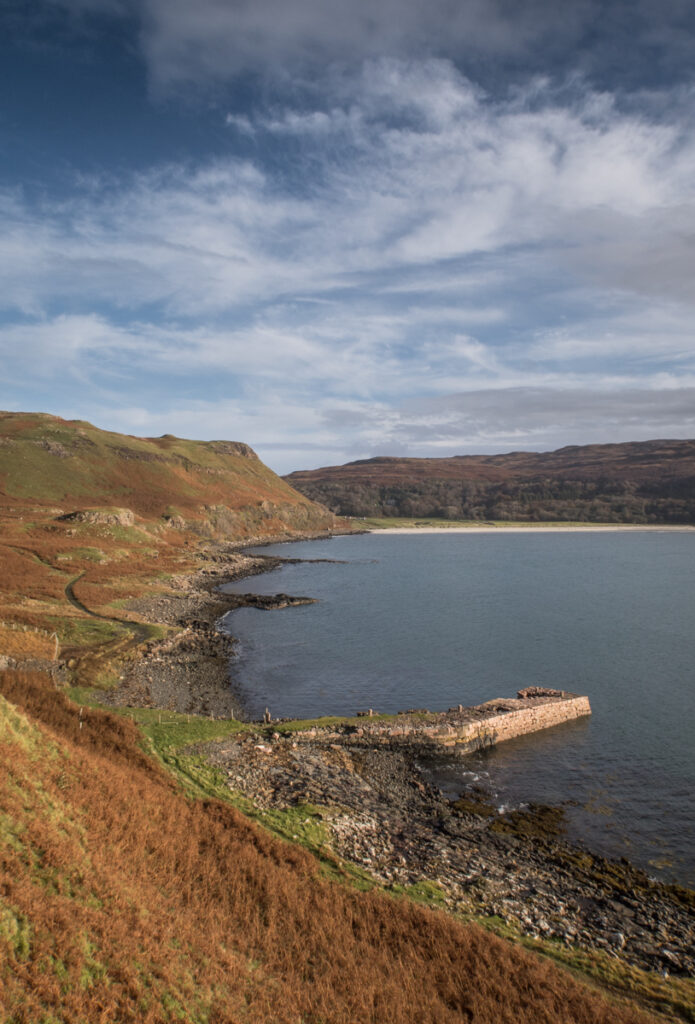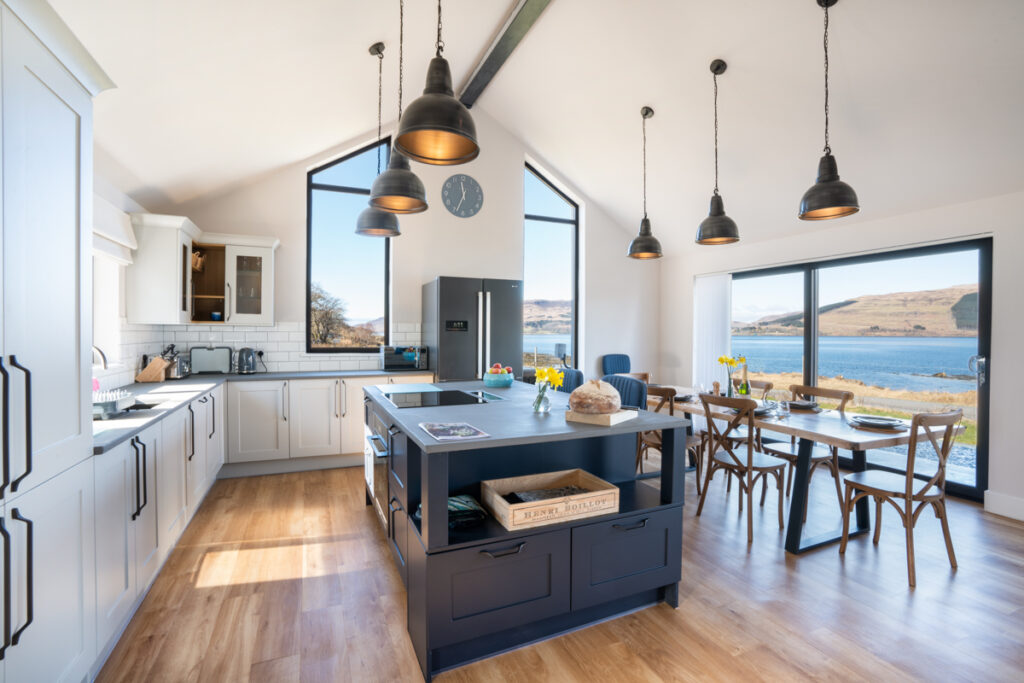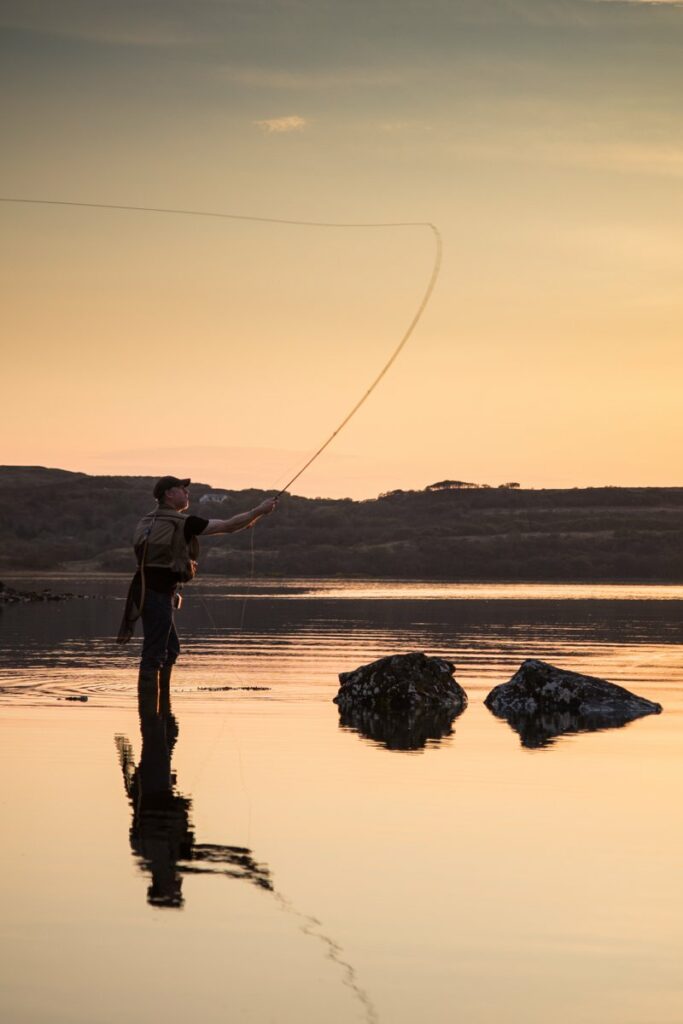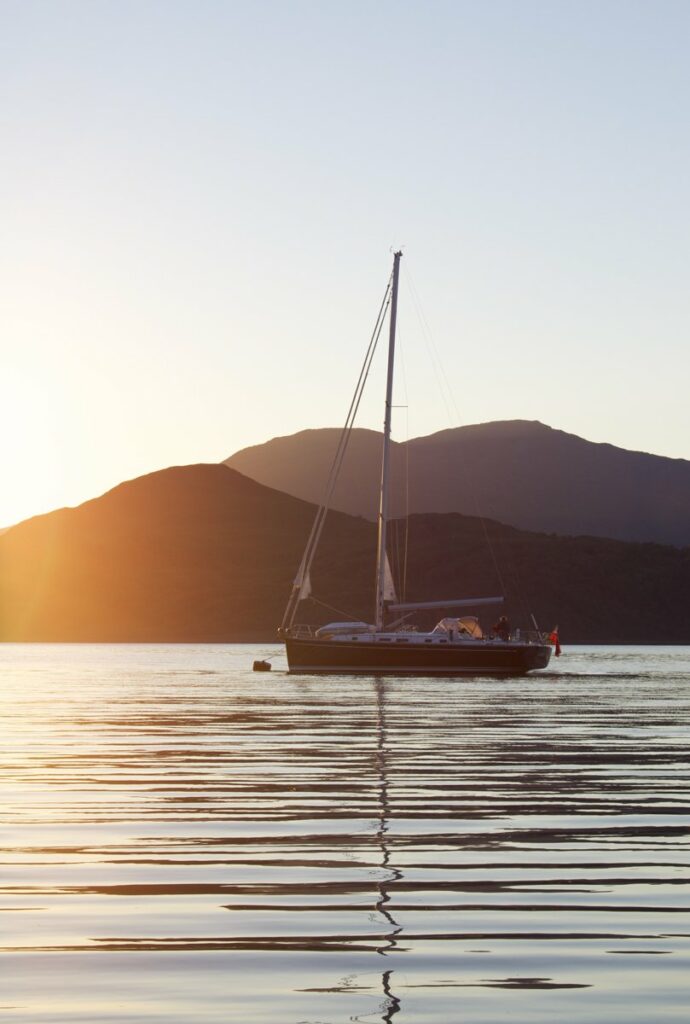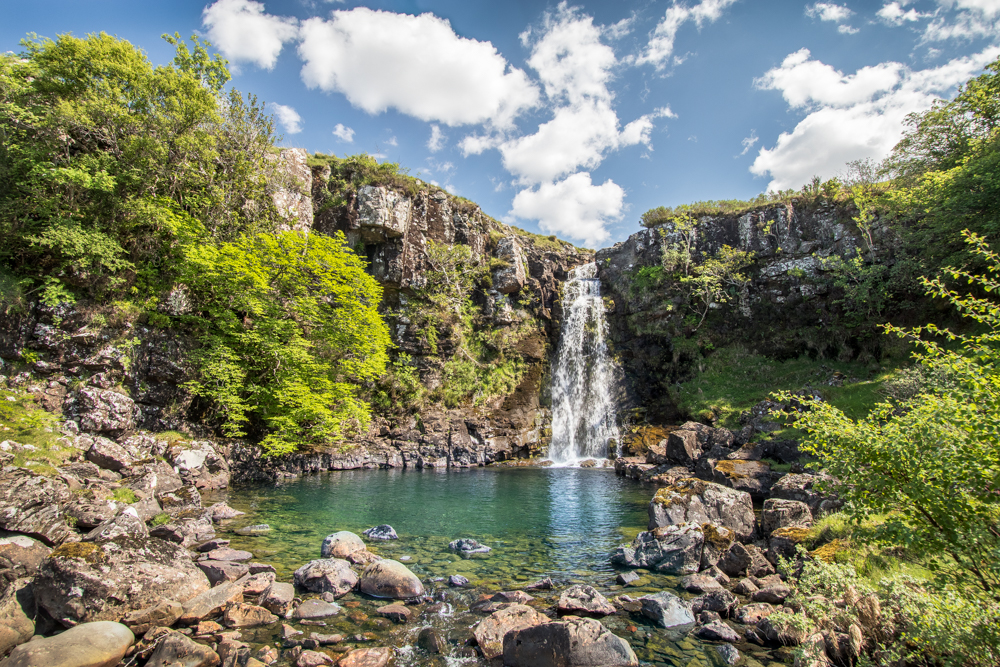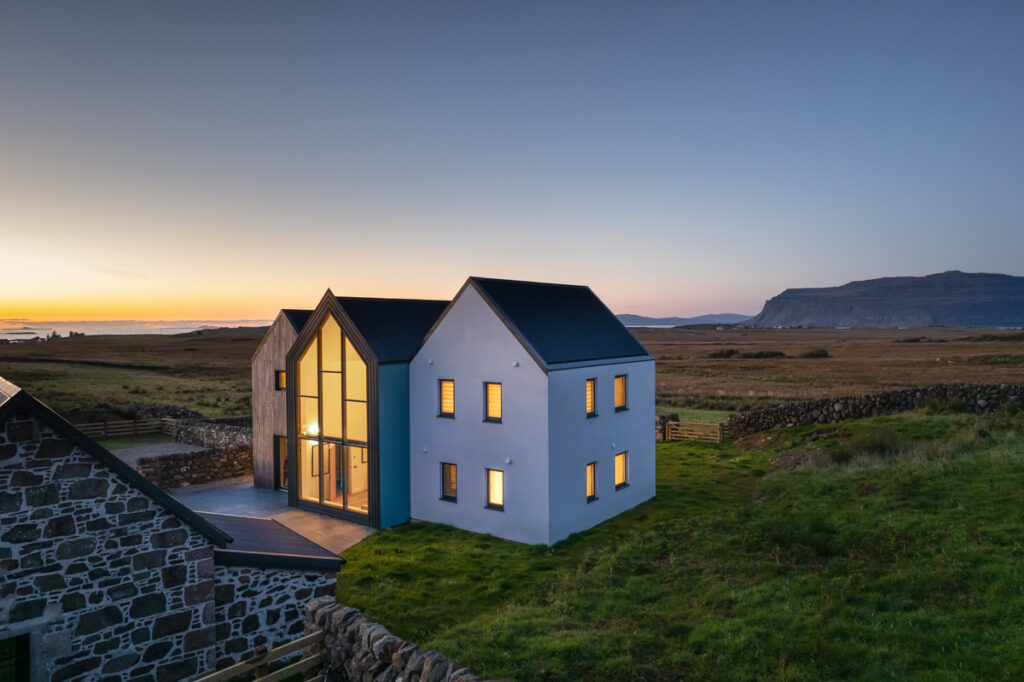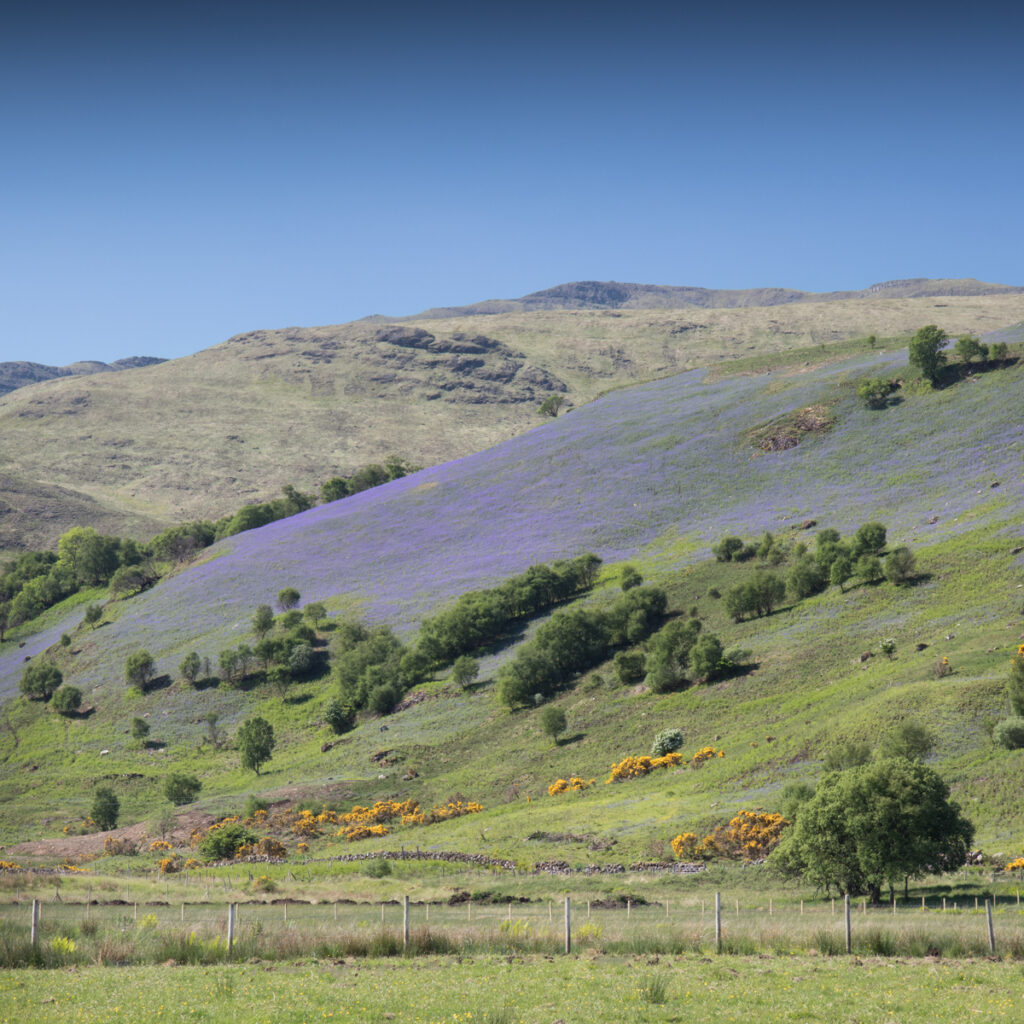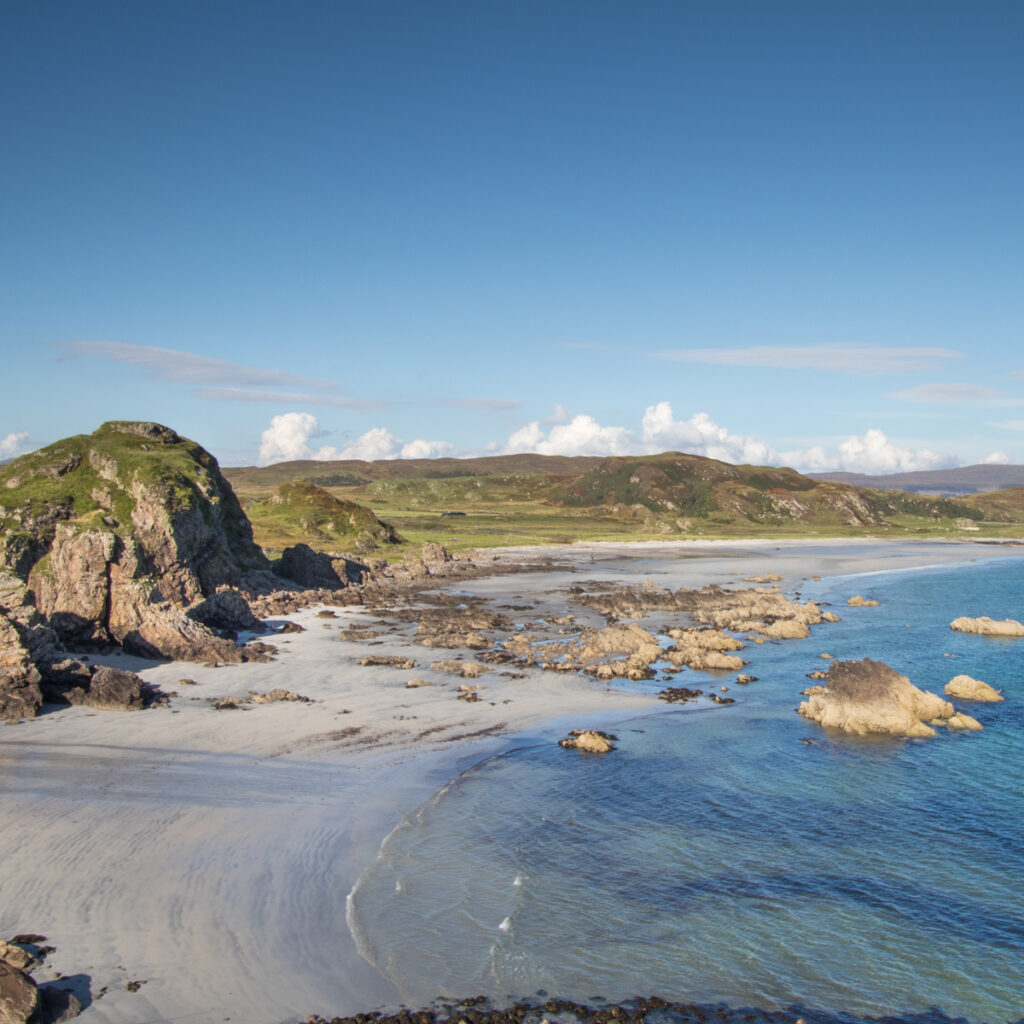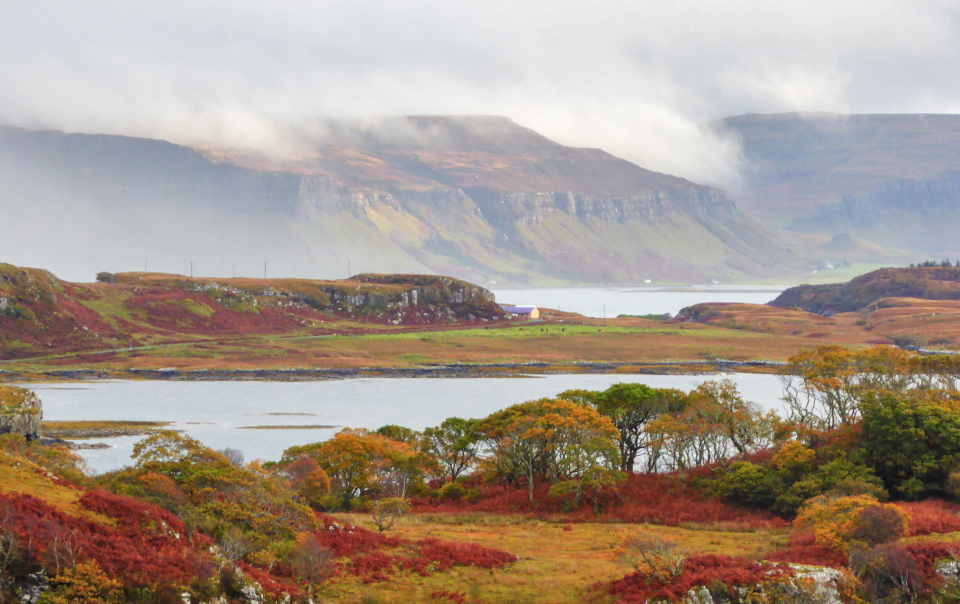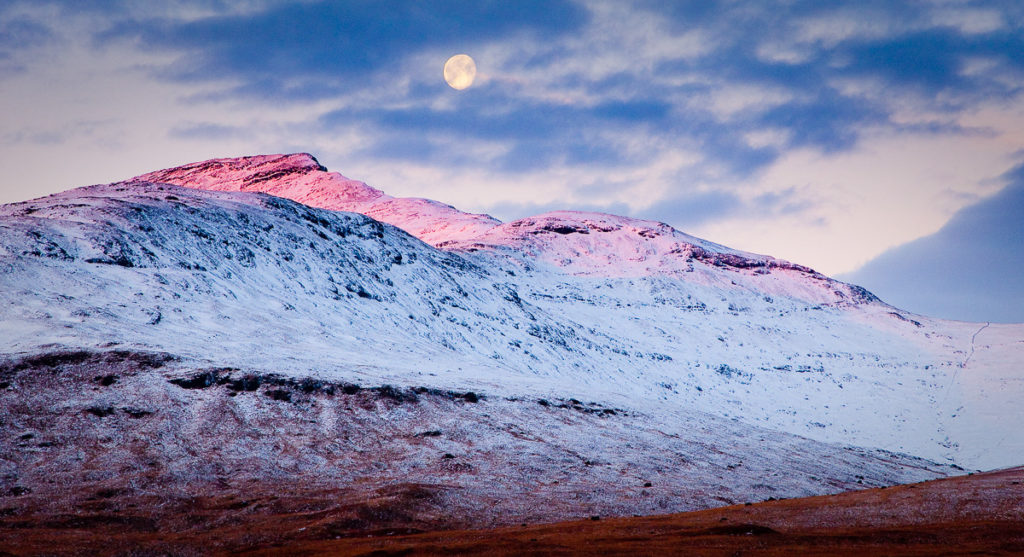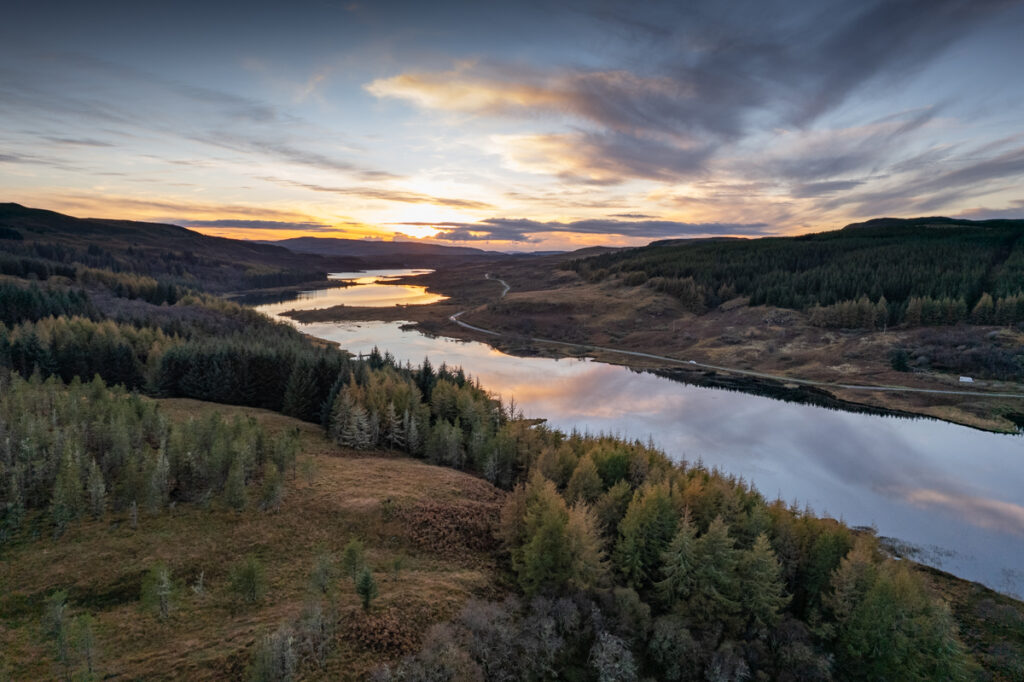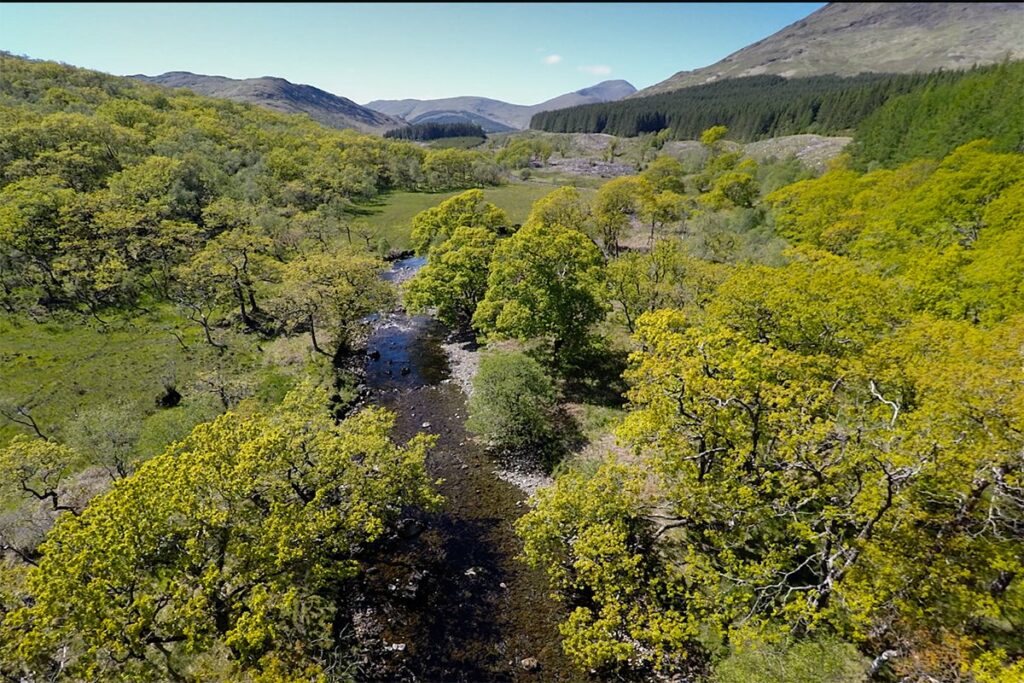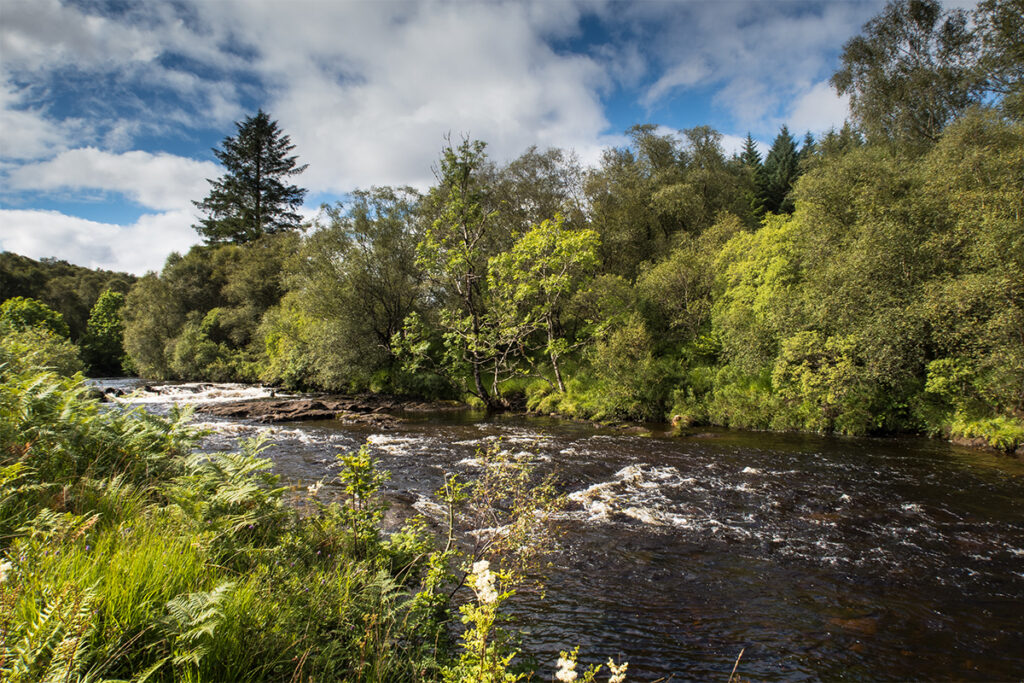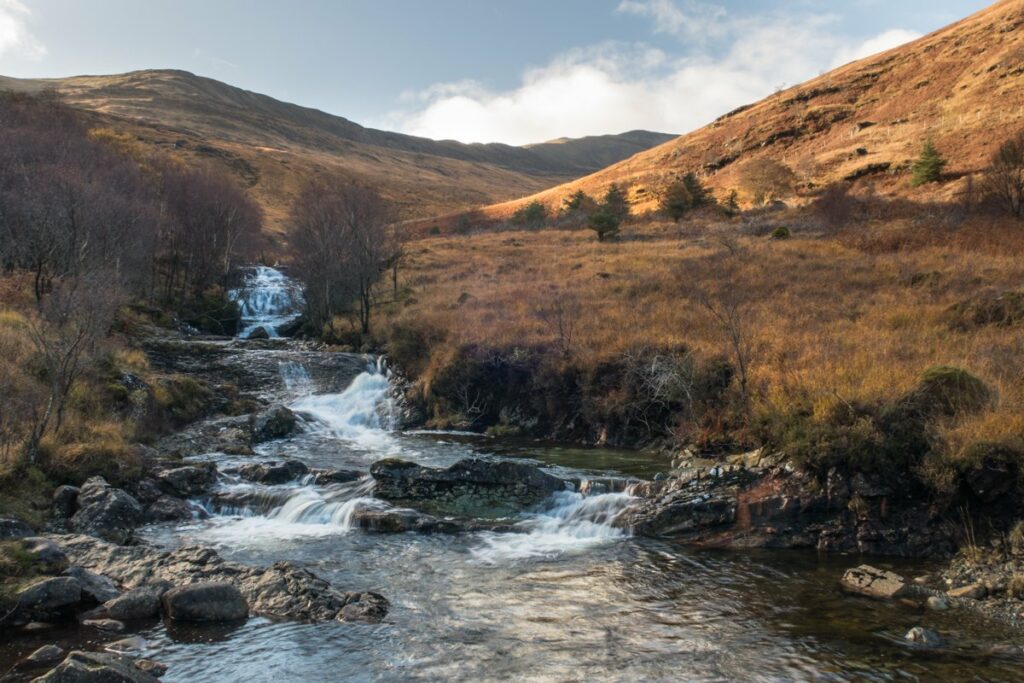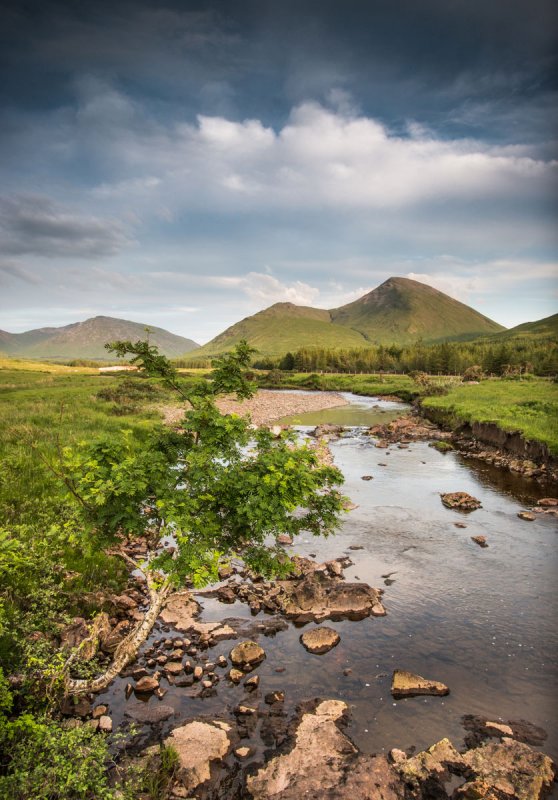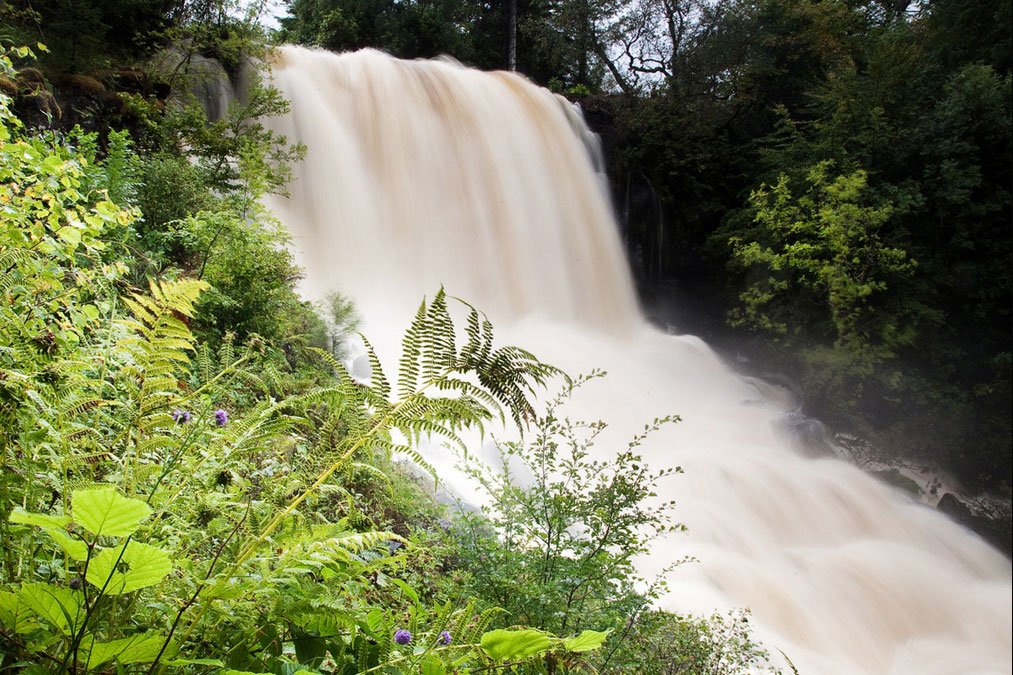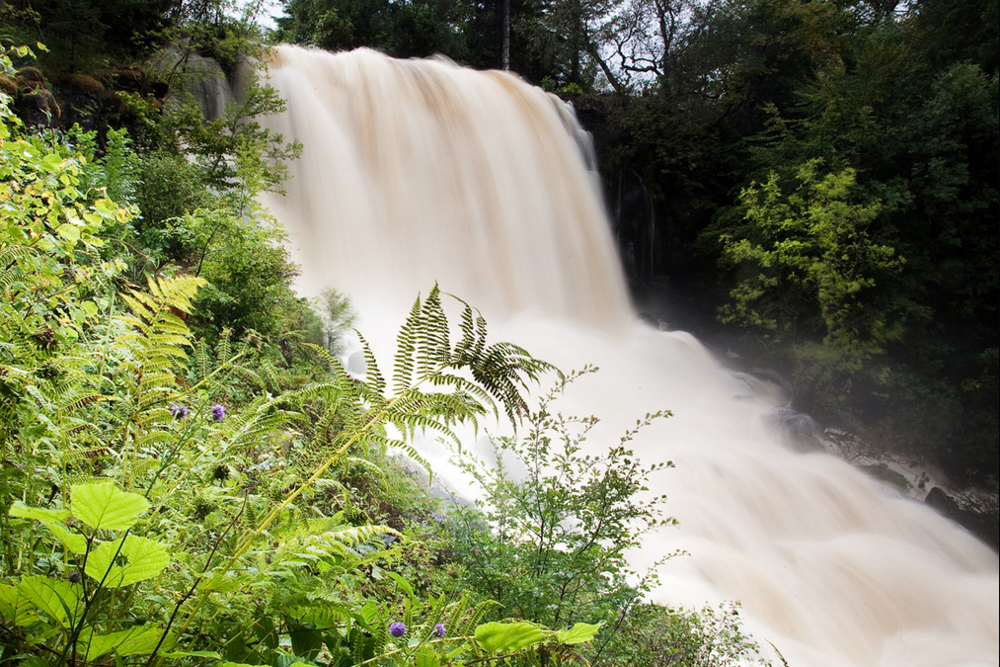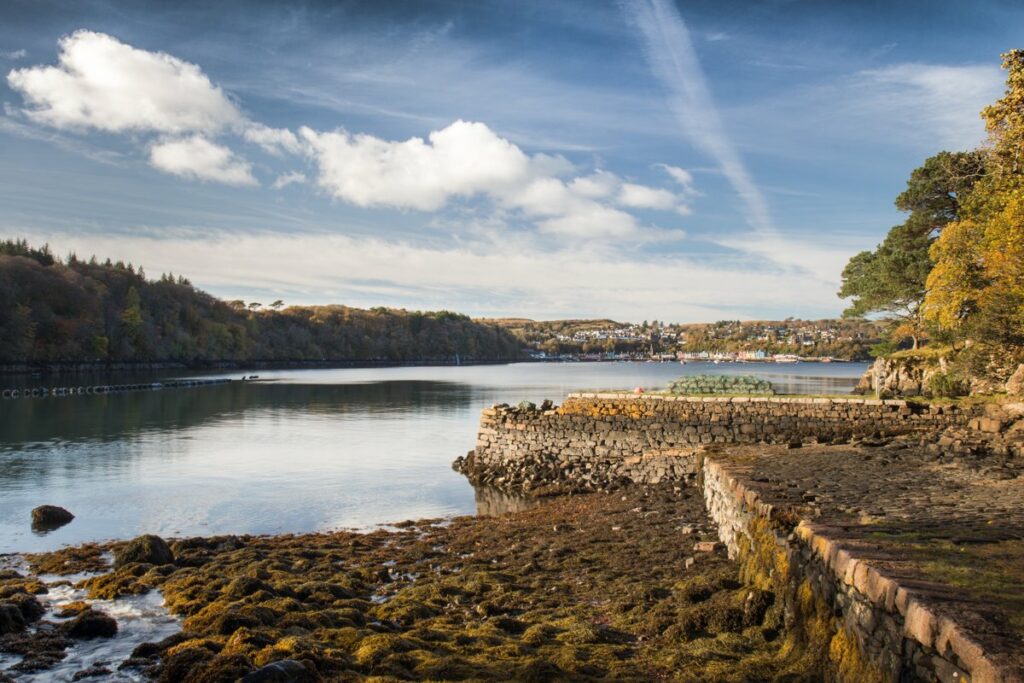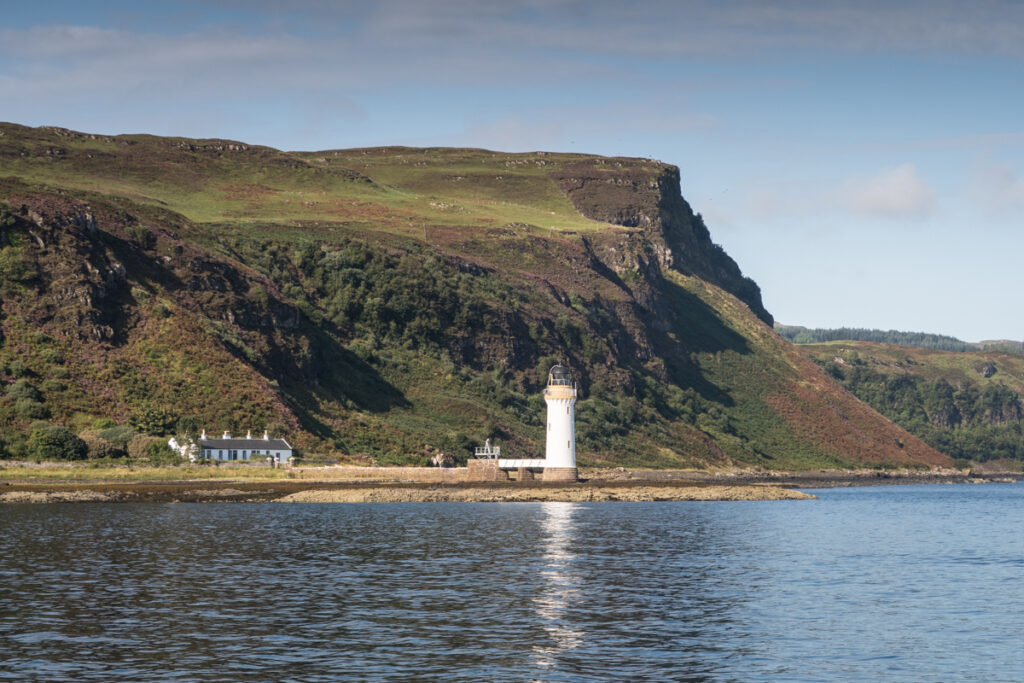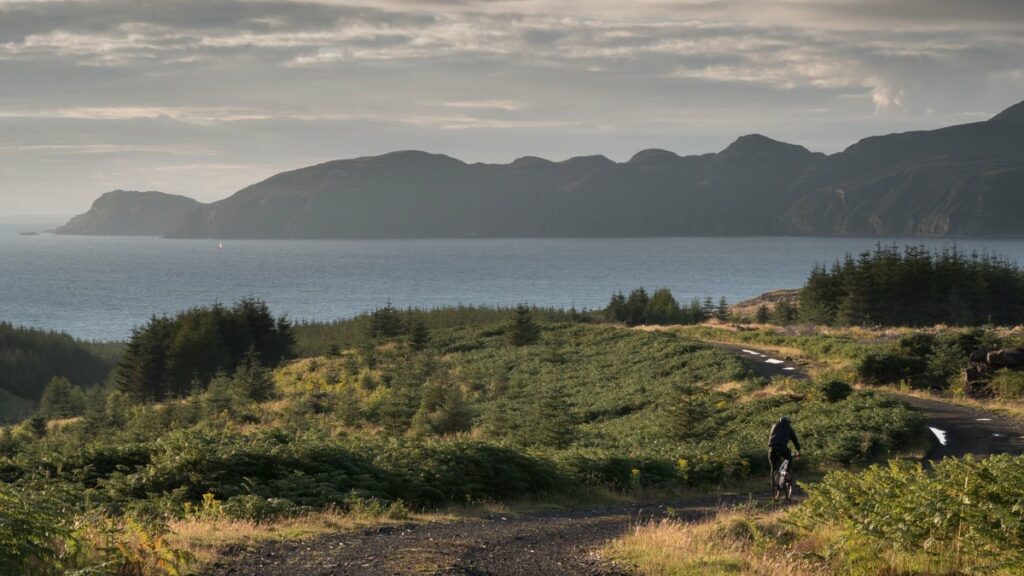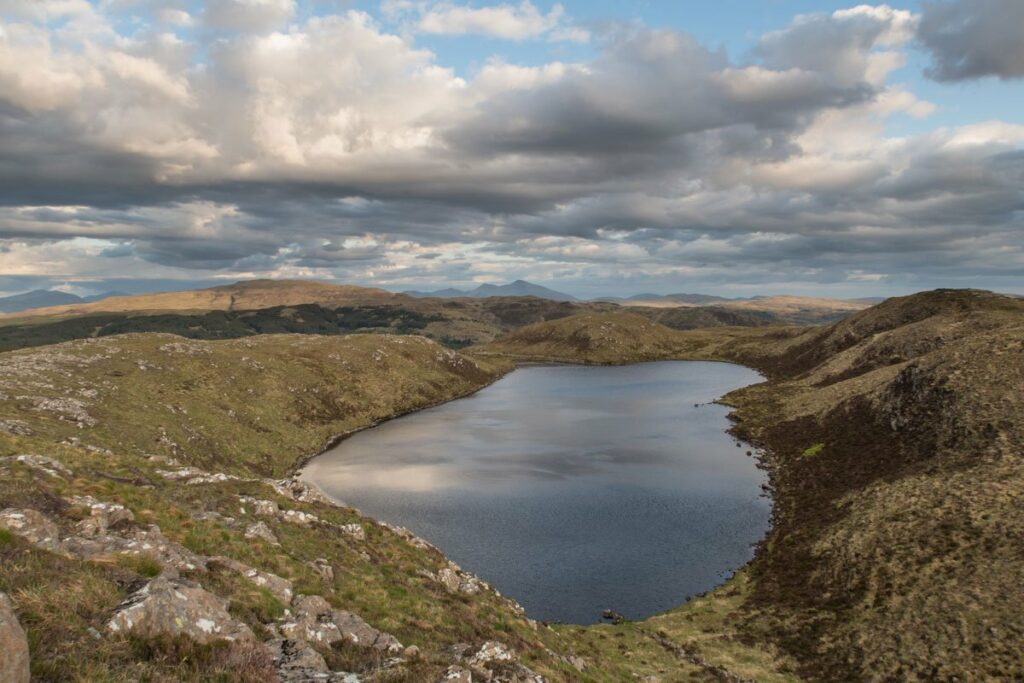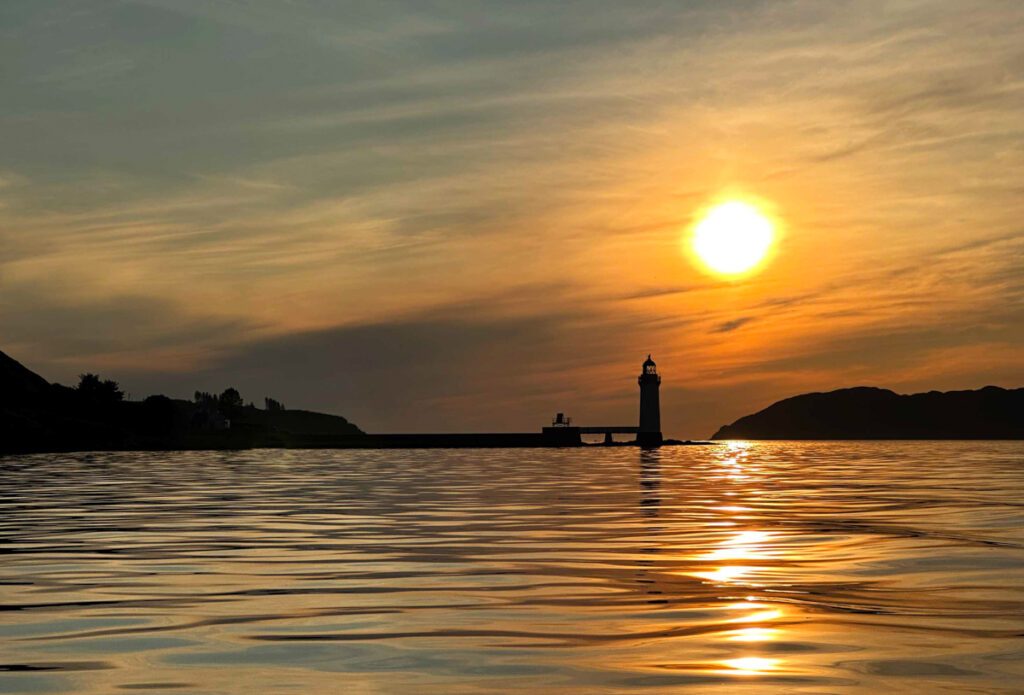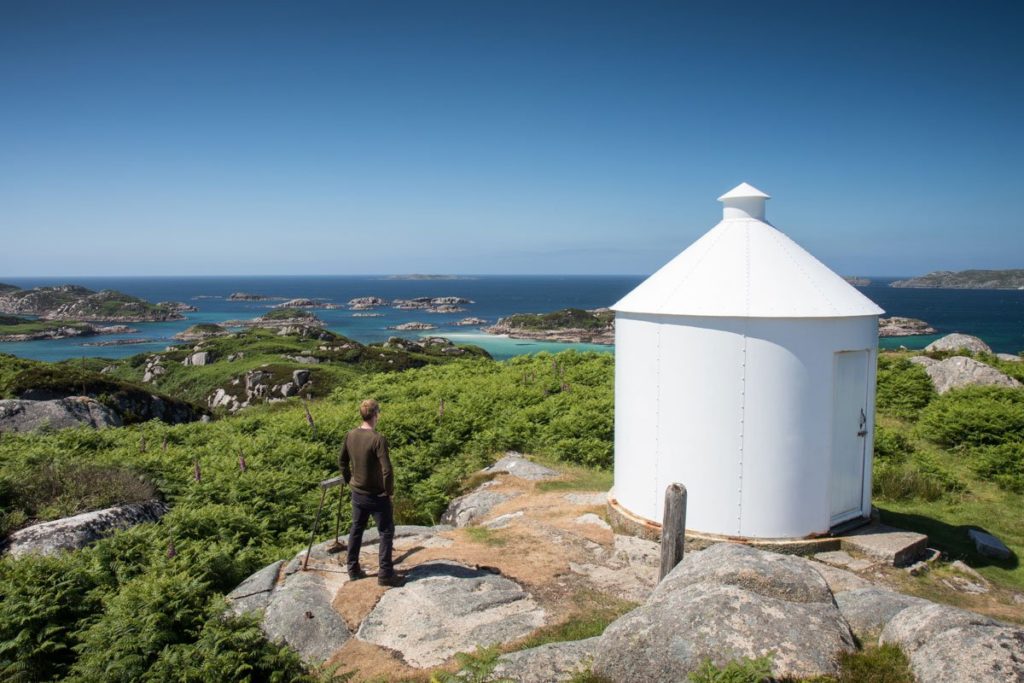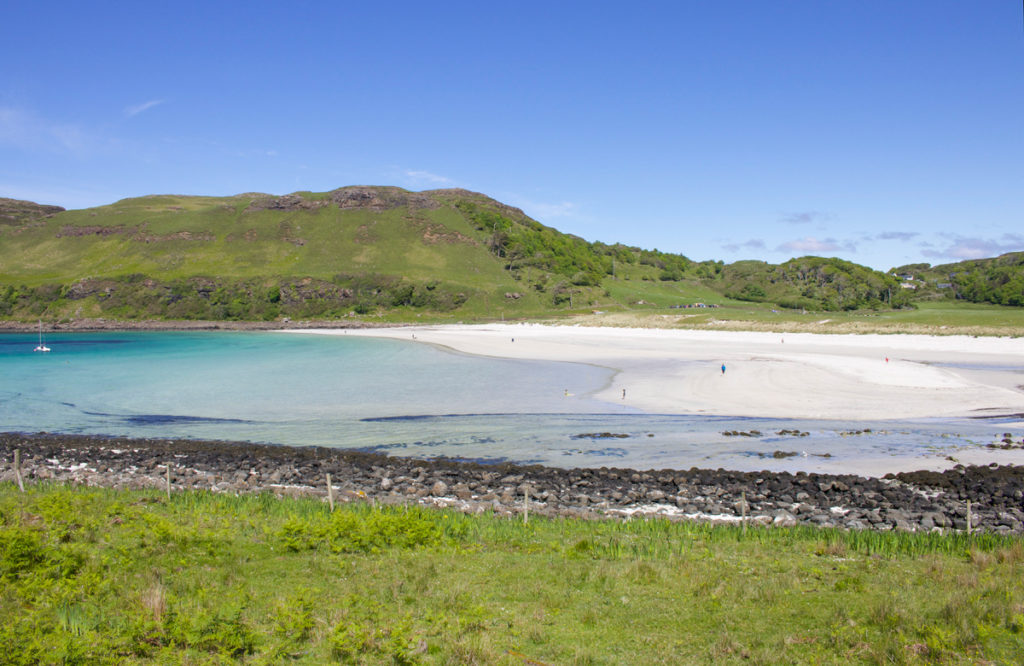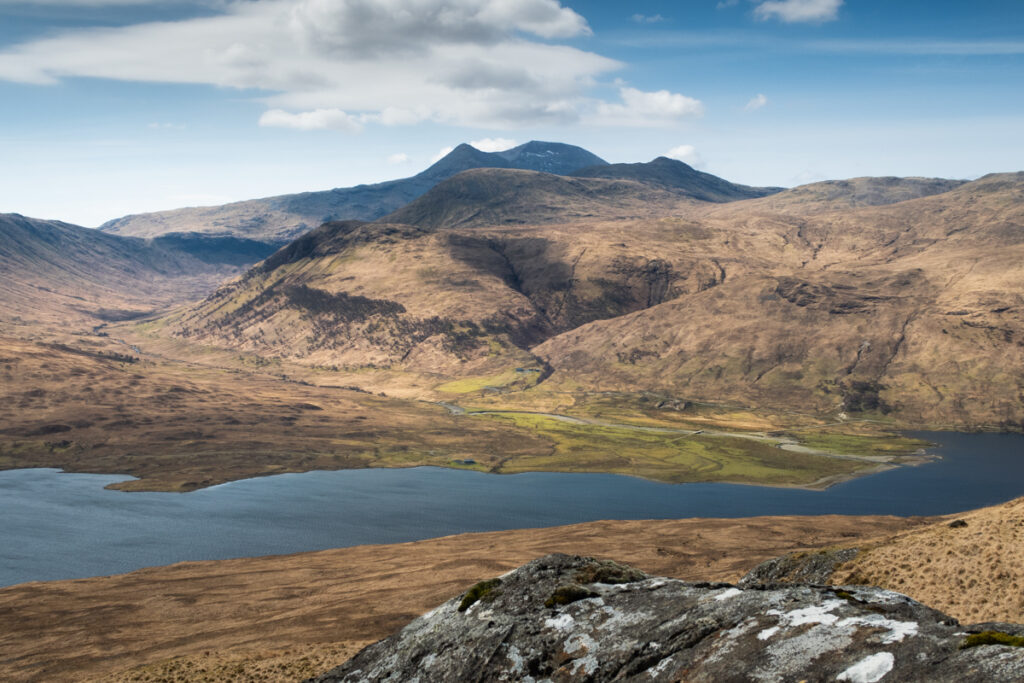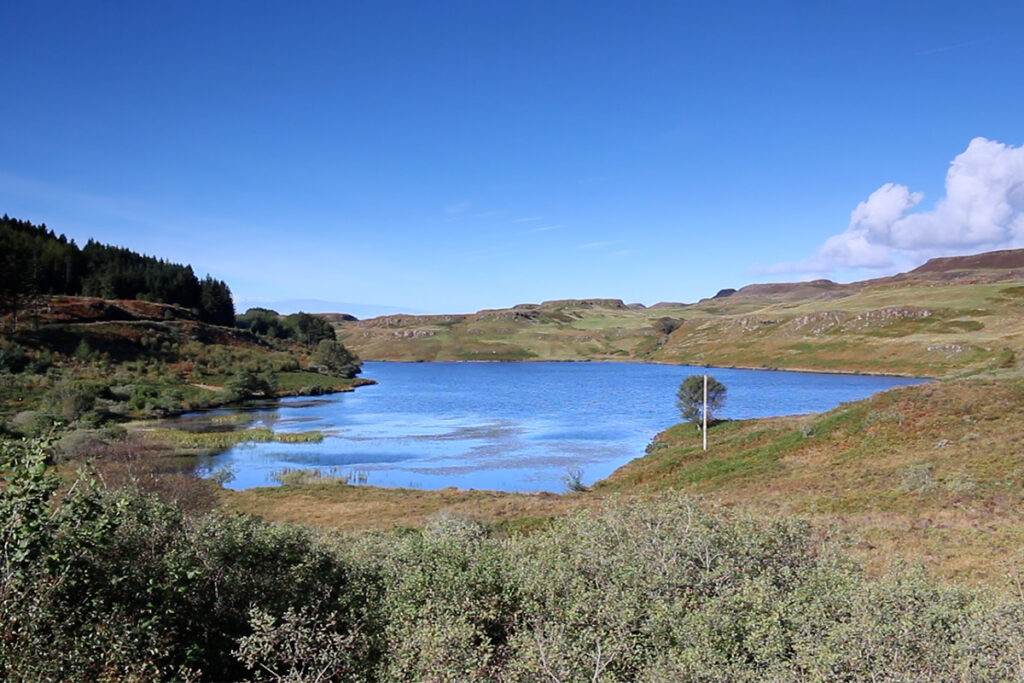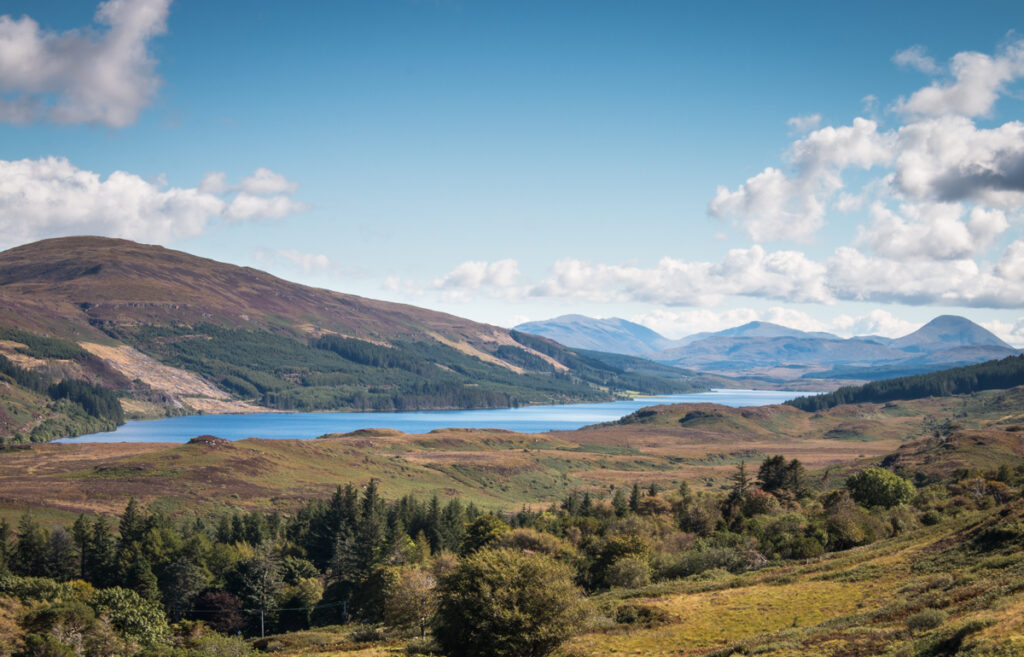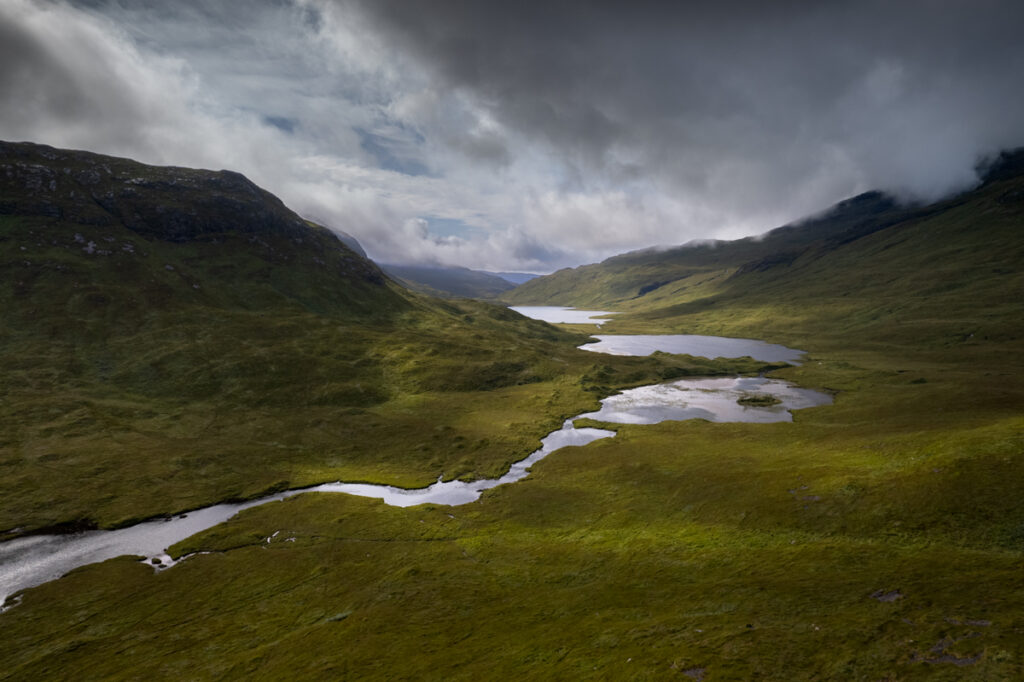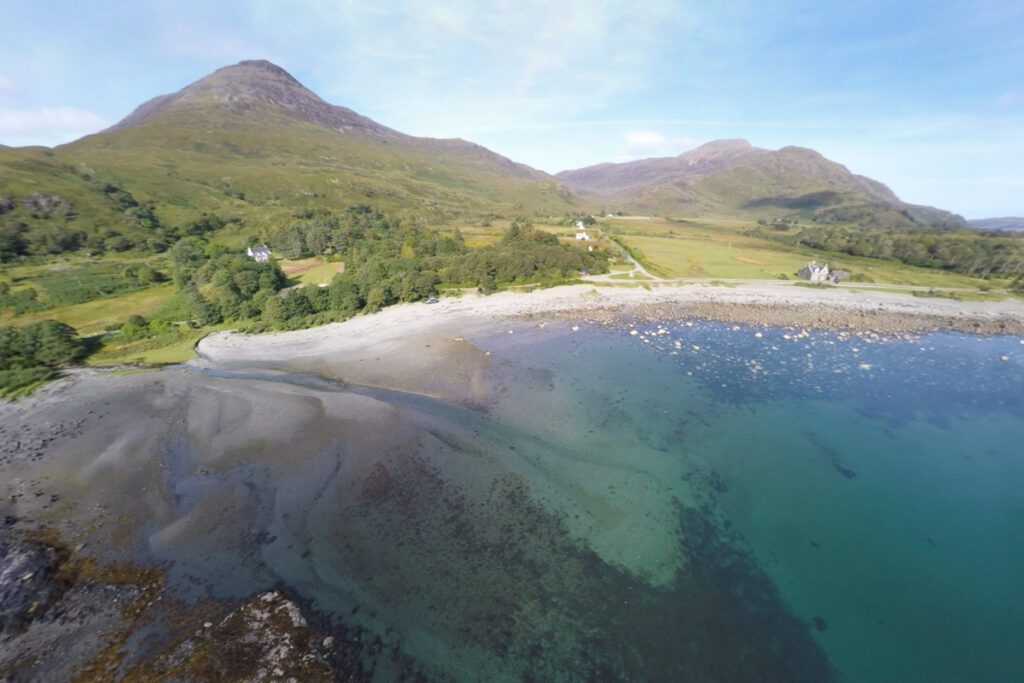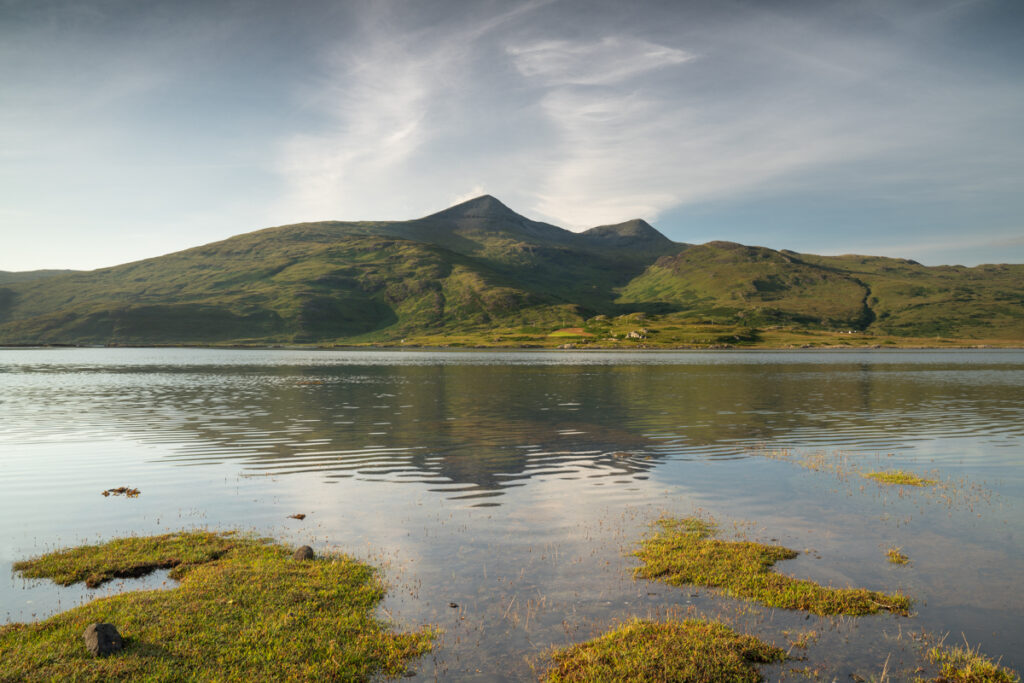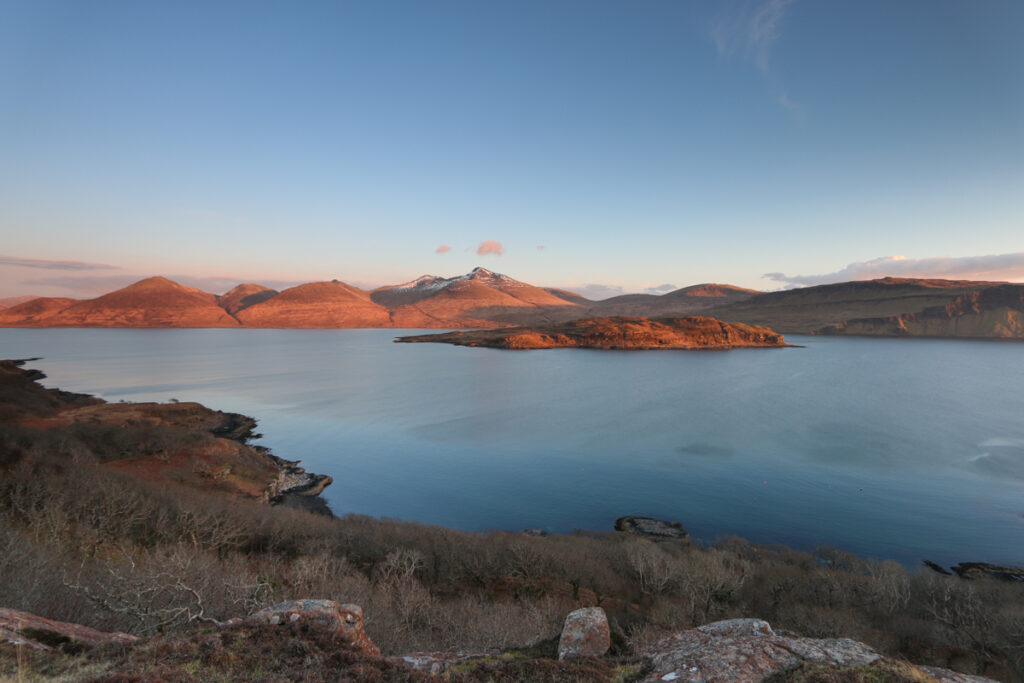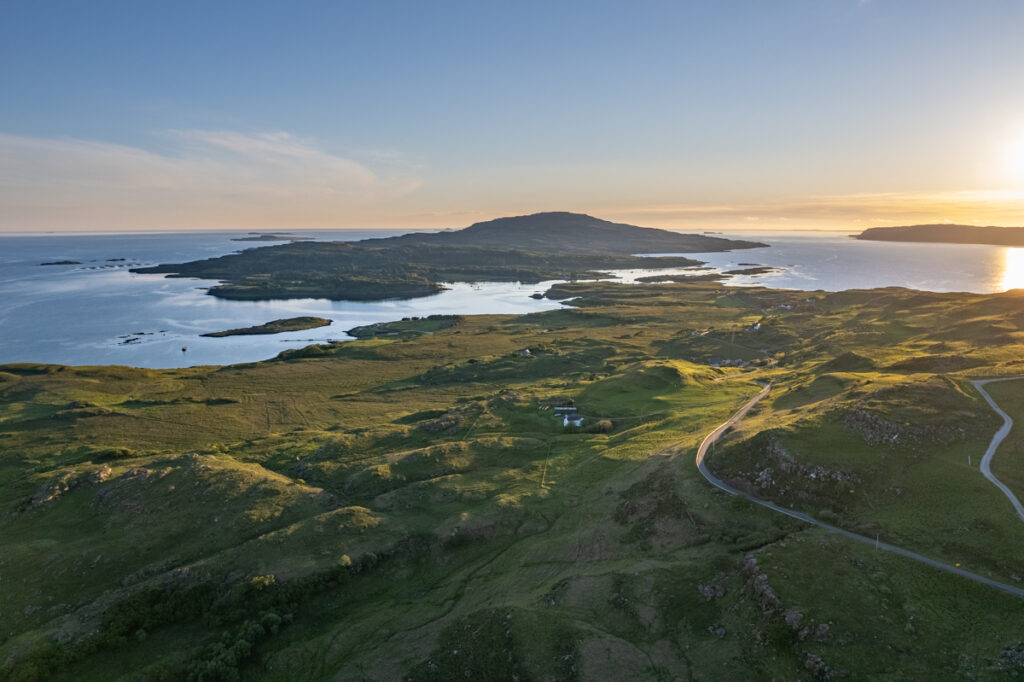Fishing on Mull: Local Advice for Freshwater and Sea Fishing
Fishing on Mull varies from deep water sea fishing from a boat for giant skate, to hiking up to one of the island’s many hill lochs where you may catch the colourful brown trout.
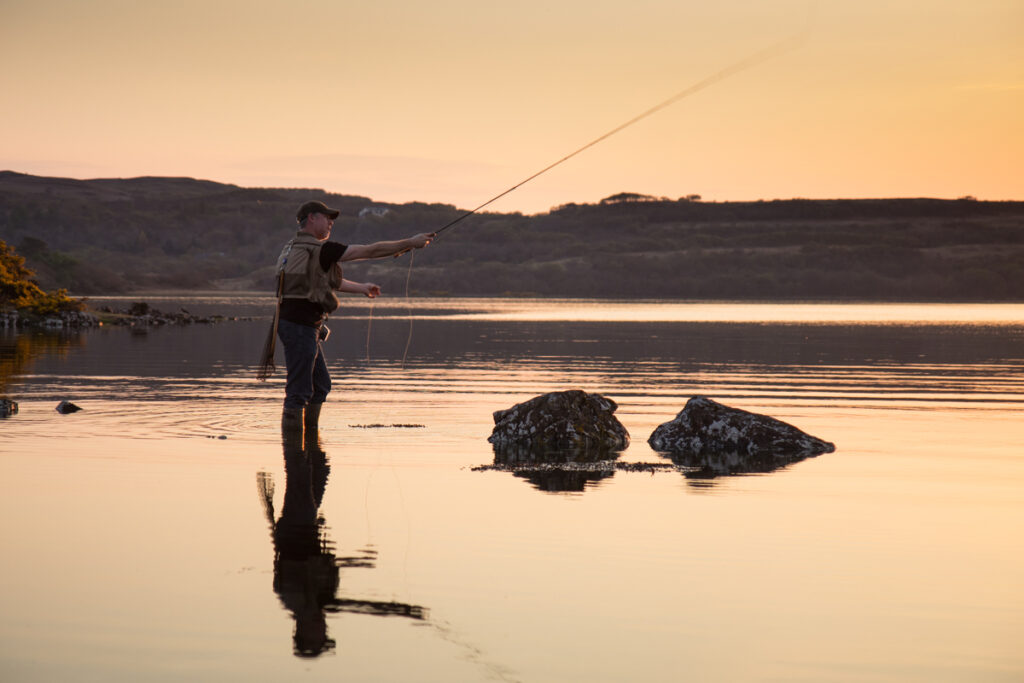
If you are holidaying here and are relatively new to fishing, or perhaps trying fishing for the first time, then it is a good idea to head to Tackle and Books in Tobermory who sell a very good range of fishing tackle, including affordable starter rod setups as well as permits, which are required for the freshwater rivers and lochs. Experienced anglers are also well catered for here and may also get some good advice on areas to try.
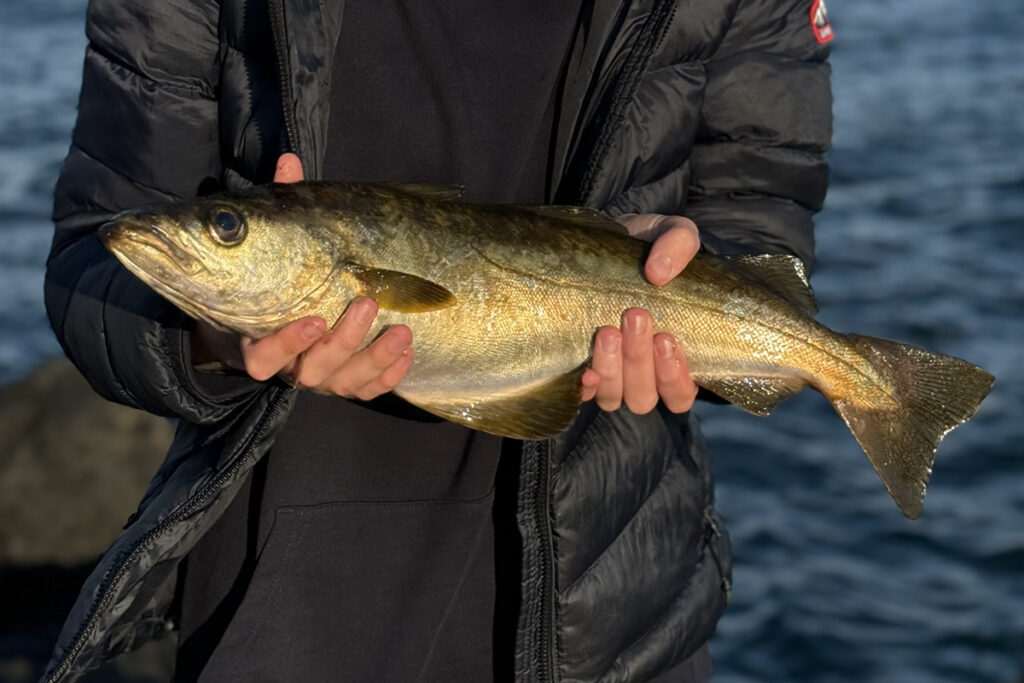
Sea Fishing on the Isle of Mull
You may fish from the coast without any need of a permit and you can try your luck at any stretch of coastline around the island, however read on for some top tips on areas to try, captured below in a handy map so you can easily spot locations near to where you’re staying.
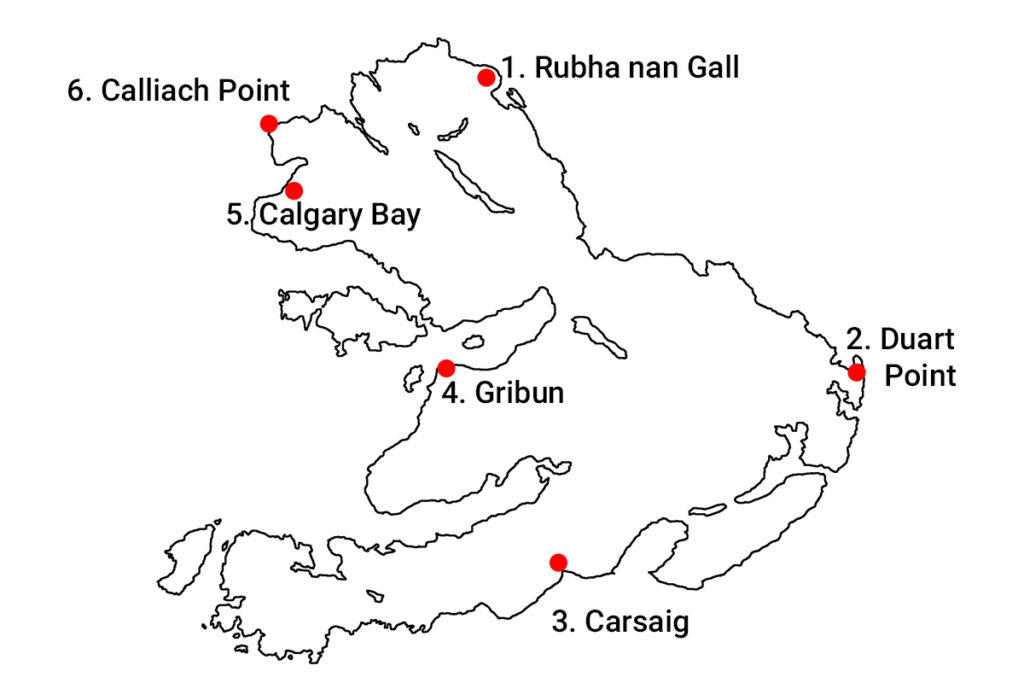
What can you catch when Mull sea fishing?
Depending on the time of year, the most commonly caught species around the island will be pollock (year-round) or mackerel, which can be caught from June onwards most seasons. Most people will sea fish using a spinner or spoon, which when reeled back in through the water replicates the motion of a prey fish. Of course, there are numerous other species you have the potential to catch but pollock and mackerel are the most reliable!
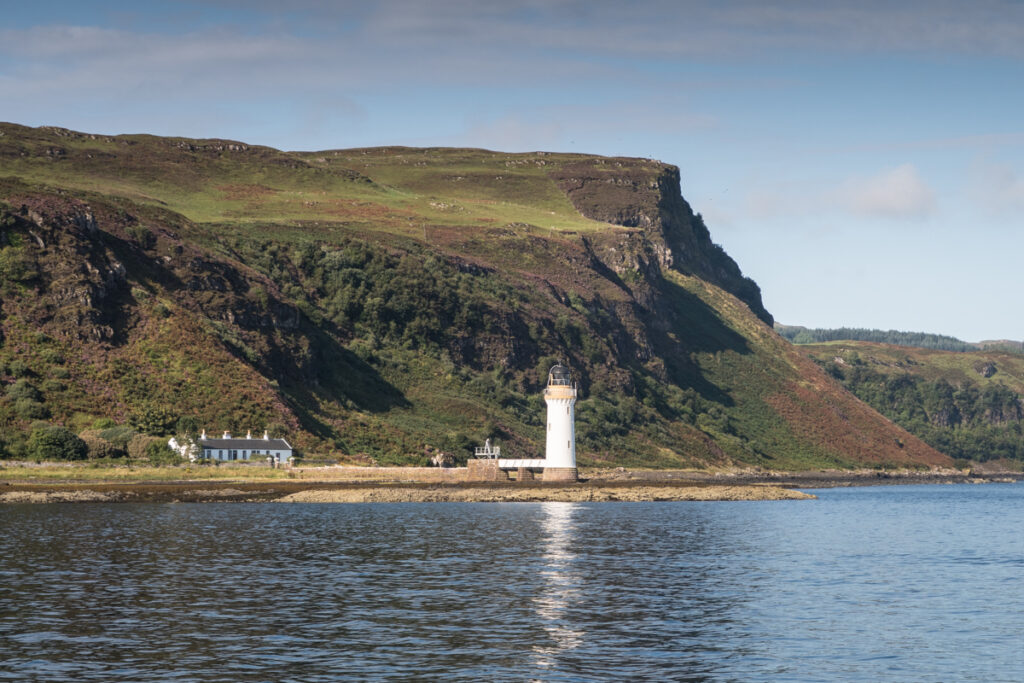
Where to go sea fishing on Mull
Rubh nan Gall
One of the closest fishing points to Tobermory, a short walk from the harbour with good access to open waters at the northern end of the Sound of Mull.
Duart Point
Good fishing into deep waters at the southern end of the Sound of Mull, with the fabulous backdrop of the castle too.
Carsaig
Fish from the area around the old pier in spectacular surrounds of coastal cliffs. Parking is limited here.
Gribun Rocks
Very good fishing into deep water below the towering cliffs around Gribun.
Calgary Bay
Midway along the bay, there’s a rocky platform with good fishing potential at all tidal ranges.
Caliach Point
Deep water and currents in this northwestern most corner of the Isle of Mull make for good sea fishing.
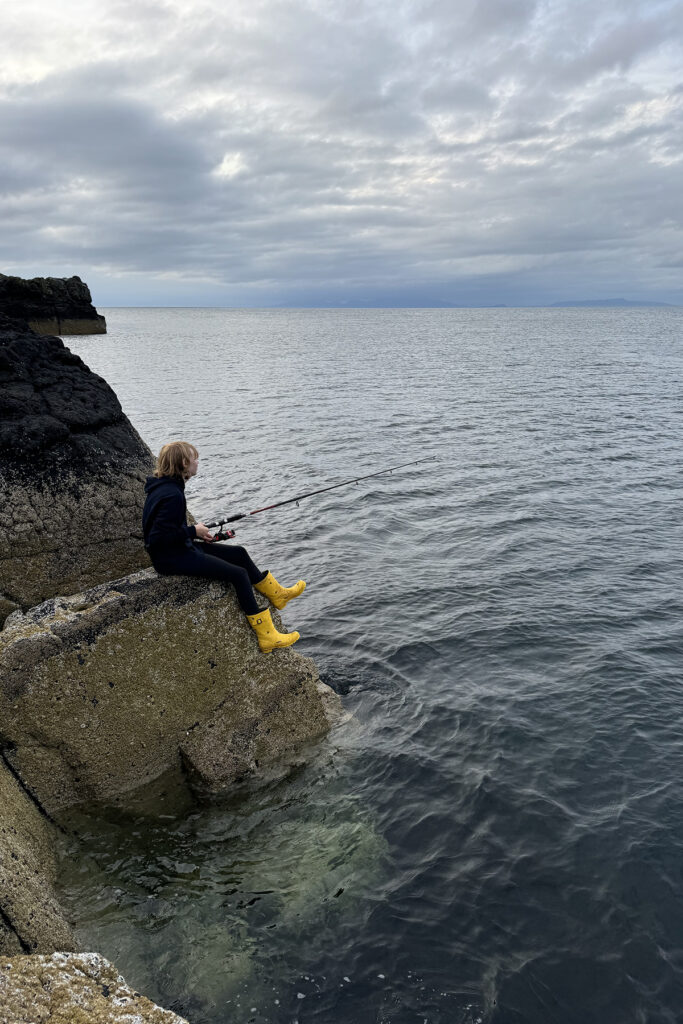
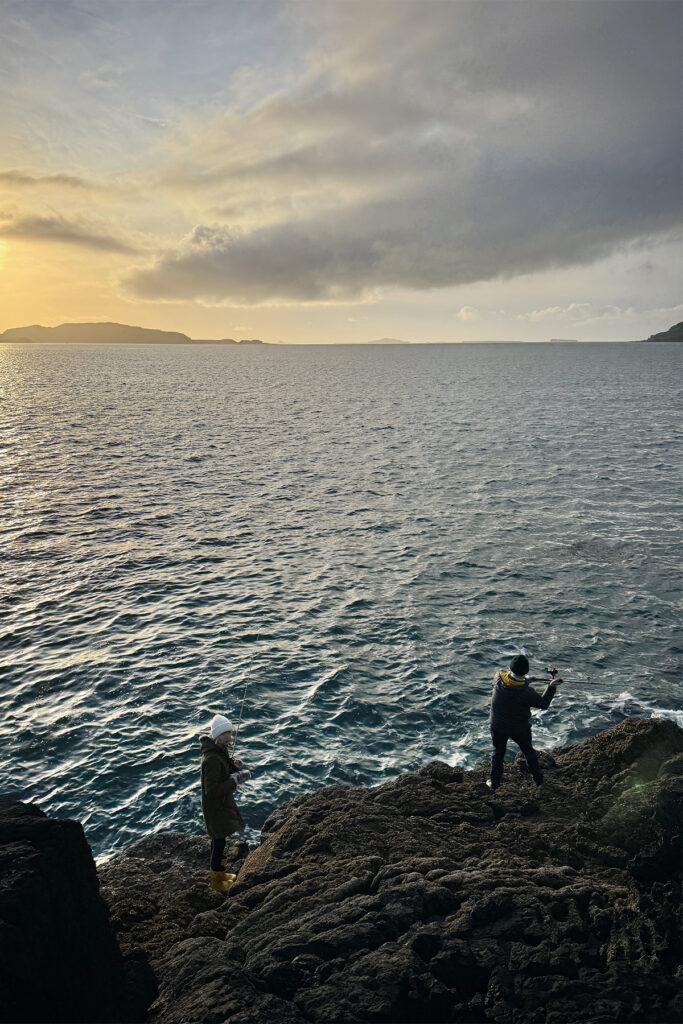
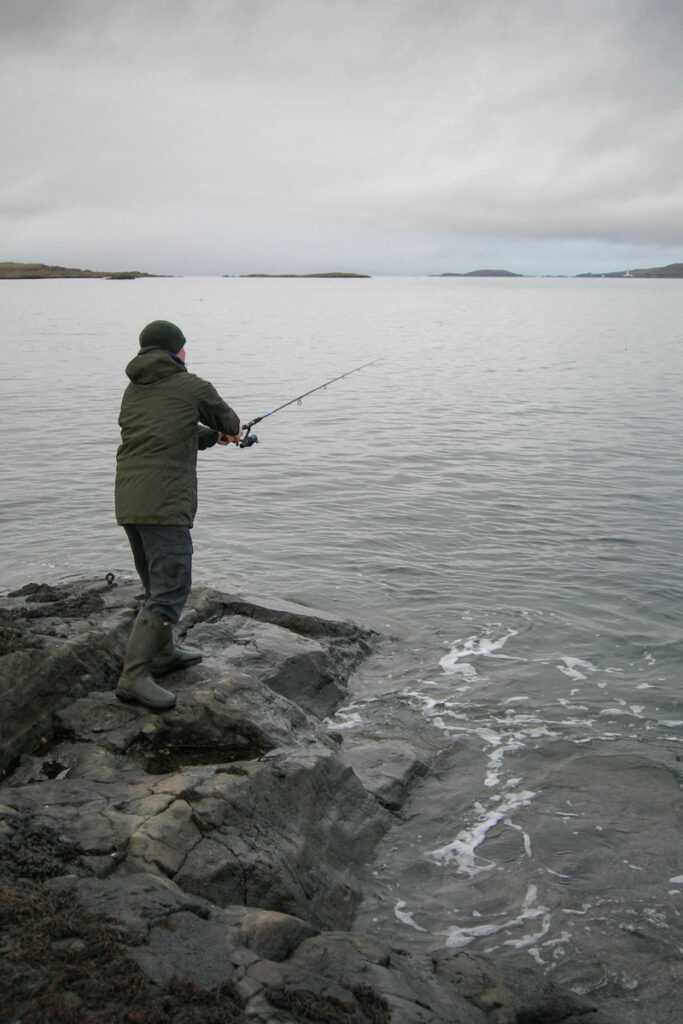
What to take with you
Warm clothes and layers, as well as sunscreen and waterproofs are a good idea! A torch if you are fishing at sunset can be handy, as well as spare lures and a container for bringing home the catch – hopefully! Please take care not to leave any litter or fishing items behind.
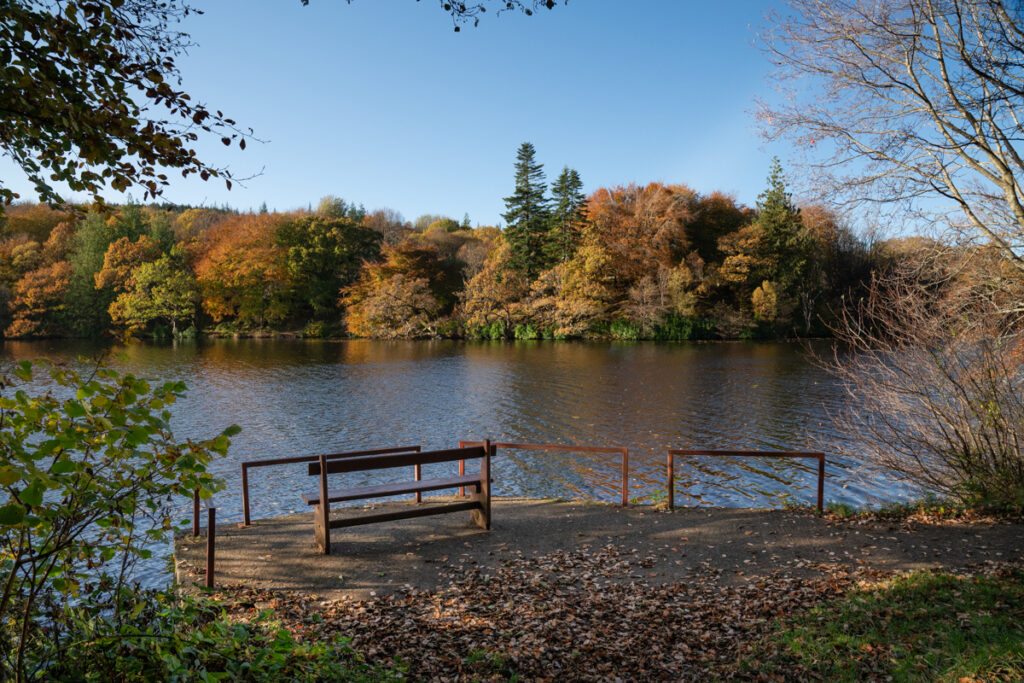
Freshwater fishing on the Isle of Mull
For all freshwater fishing, you will require a permit and the best resource to obtain these is Tackle and Books in Tobermory. They will have an up-to-date listing of fishing permits and locations for each season. It is important to note that it is not allowed to fish for migratory species, such as salmon and sea trout, on Sundays in Scotland.
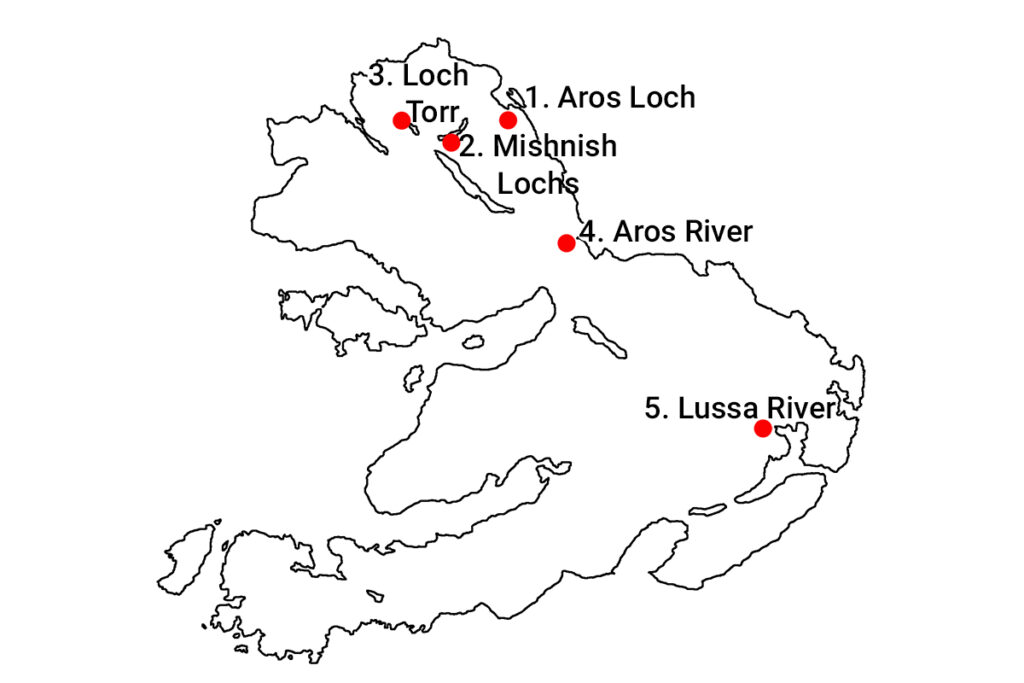
What can you catch when Mull river and loch fishing?
Mull is blessed with some superb tranquil hill lochs that tend to be home to a good number of brown trout. However, the ‘good number’ often also means that the size of any one individual brownie is limited.
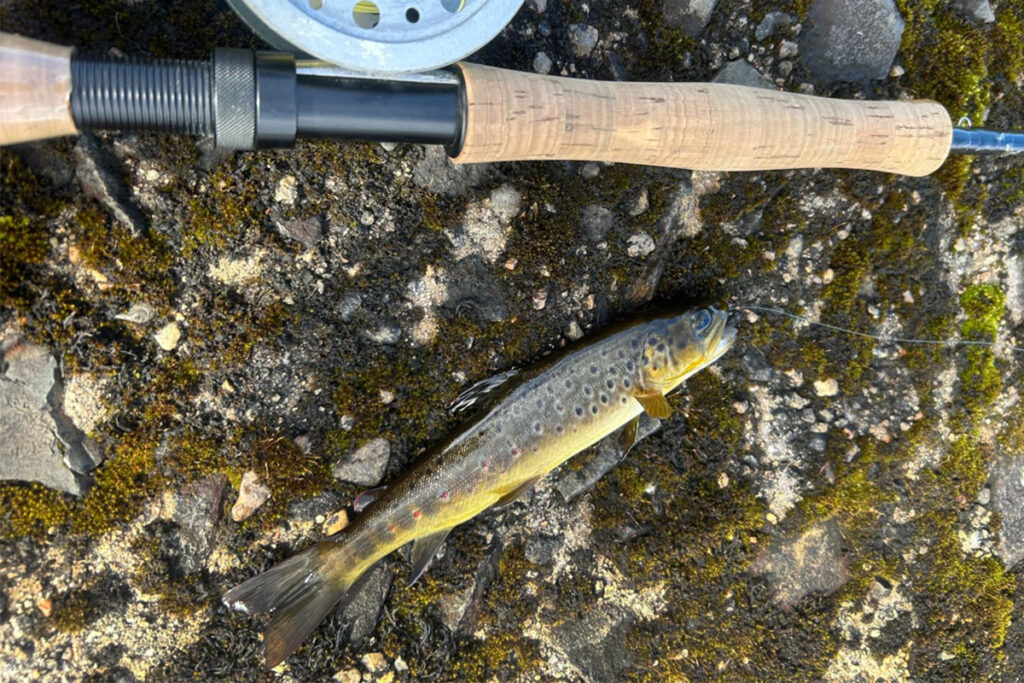
Most freshwater fishing is done with a fly, and some permits will stipulate this as a condition of fishing. Many of Mull’s hill lochs offer an unspoilt experience with little in the way of paths and jetties, but offer an abundance of beauty and seclusion to enjoy. Some sea trout can actually be caught around Mull’s coastal waters too, but it is generally the island’s rivers that offer the better opportunities for these.
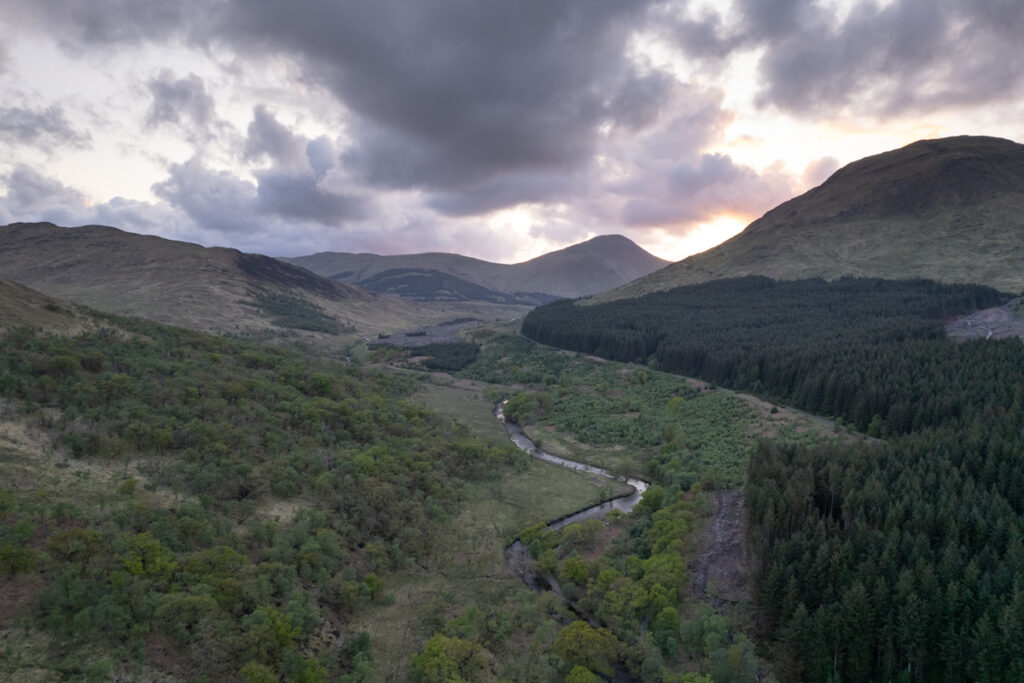
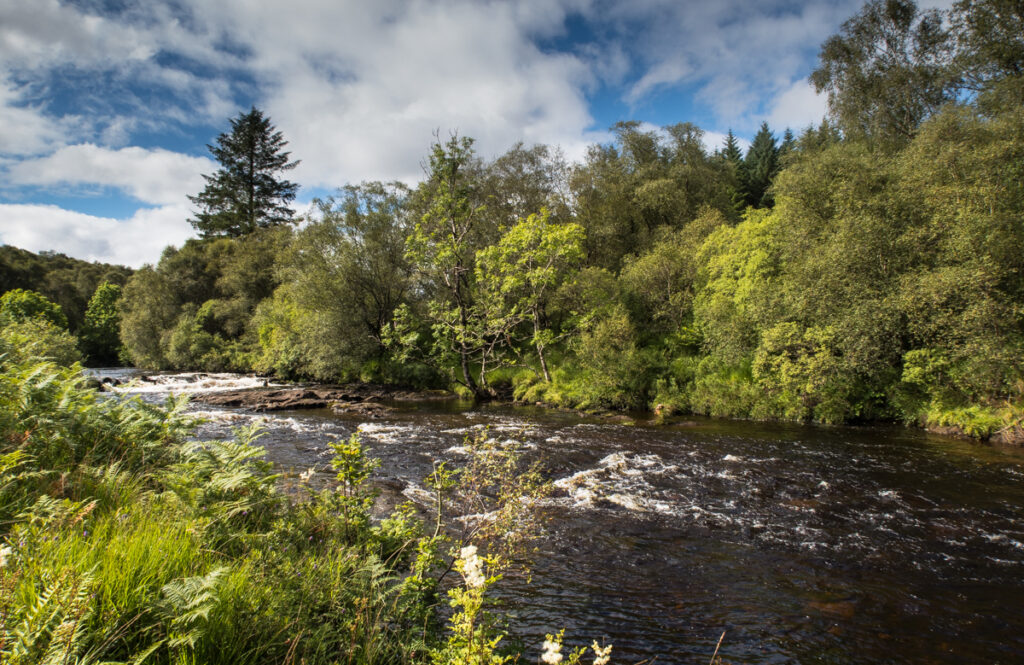
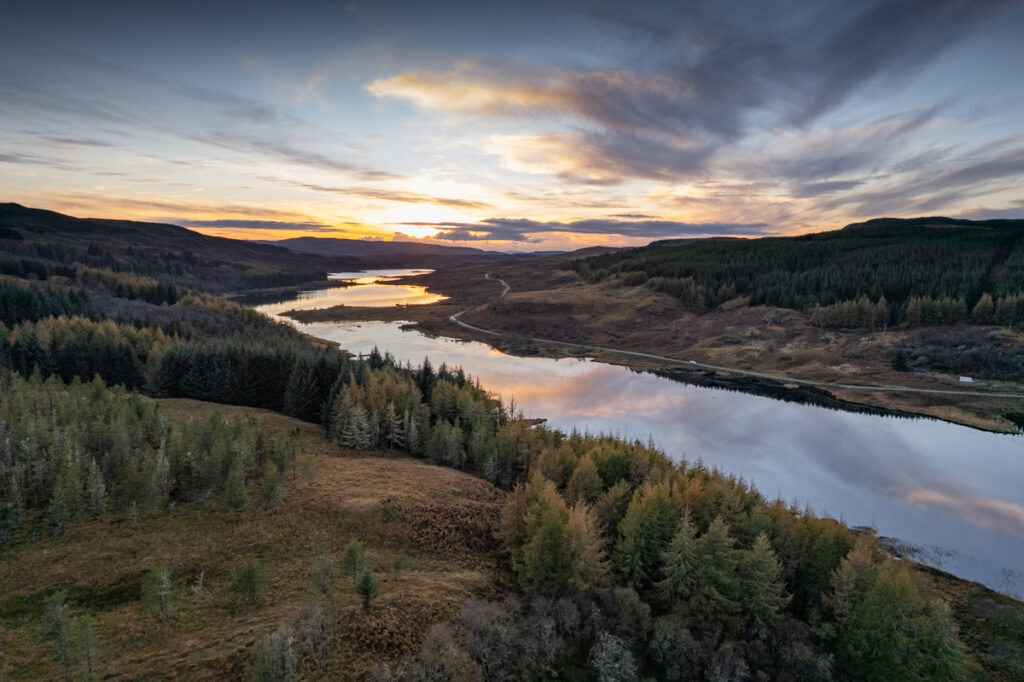
Where to go freshwater fishing on Mull
Consult each season’s permit options, but good places to start out are as follows:
Aros Park Lochan
Nearby to Tobermory and set within Aros Park, this maintained fishery has stock of rainbow trout and a well-placed fishing mark with access down to the shore.
Mishnish Lochs
This series of three interconnected lochs between Tobermory and Dervaig is a good introduction into Mull’s hill loch fishing. As well as shore fishing, you may also make use of boats with good opportunities for brown trout.
Loch Torr
Another fine loch with a maintained fishing mark at the loch’s southern end, there is signage pointing the way from the roadside down to the loch.
River Aros
A beautiful river with a variety of fishing opportunities, including the estuary environment at Aros.
River Lussa
Lots of great opportunities for river fishing in pretty deciduous woodland along the banks.
We hope this guide offers plenty of inspiration to get started with fishing on Mull. Just get in touch if we can help with more ideas or suggestions to make the most of your stay.

